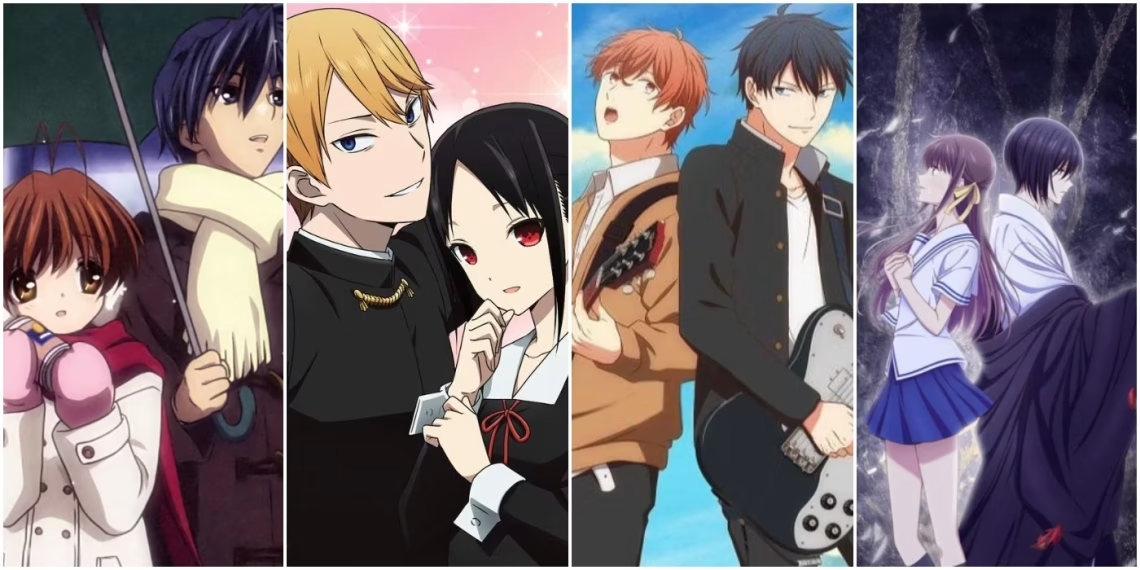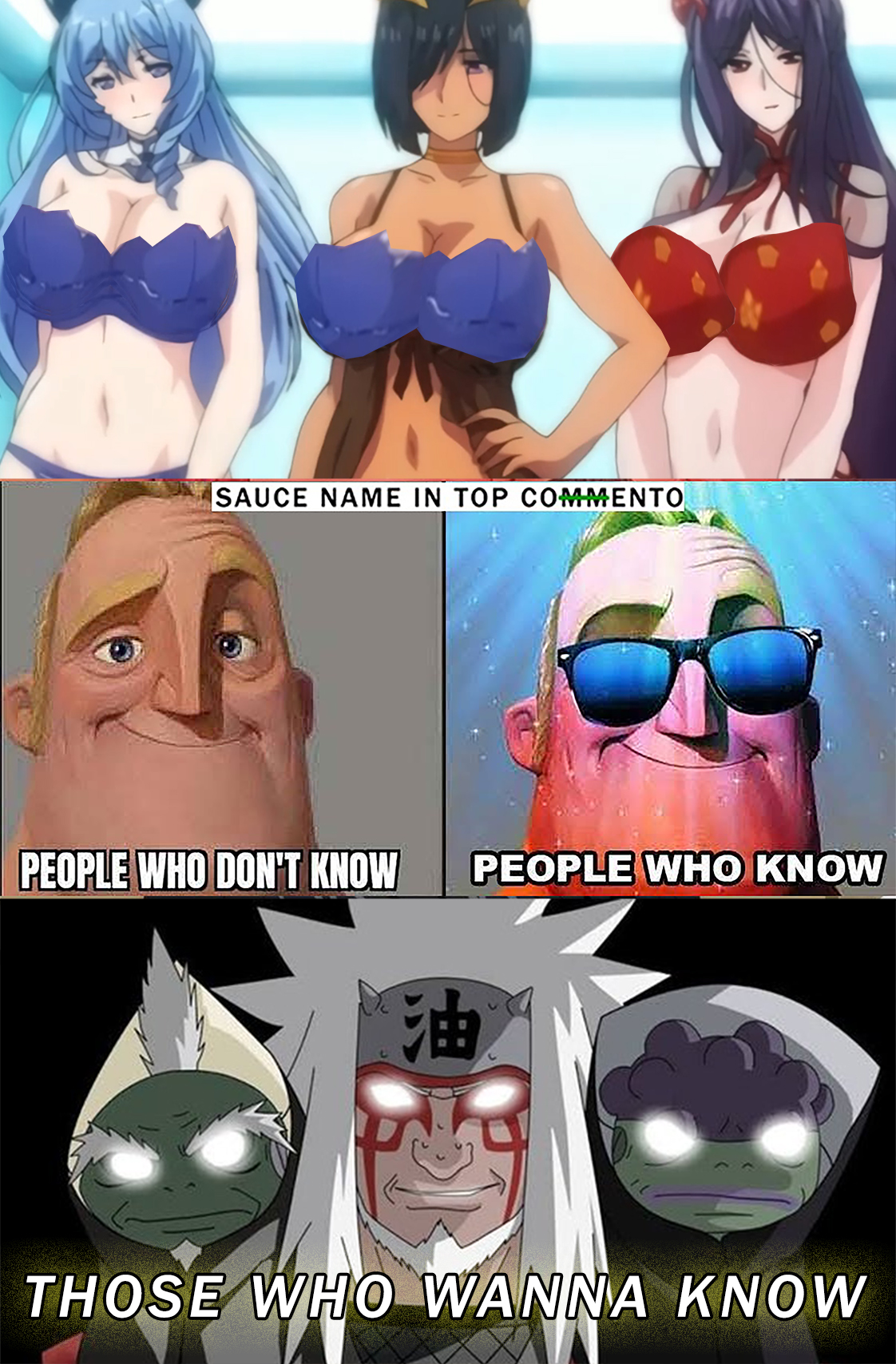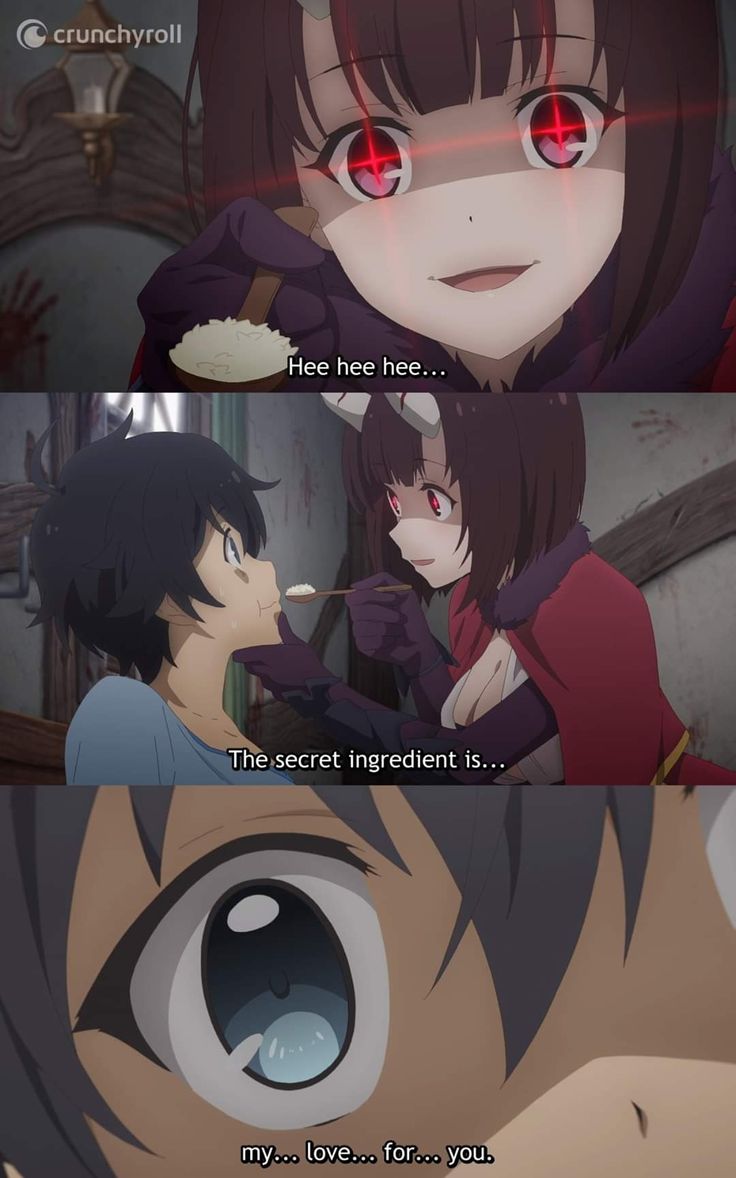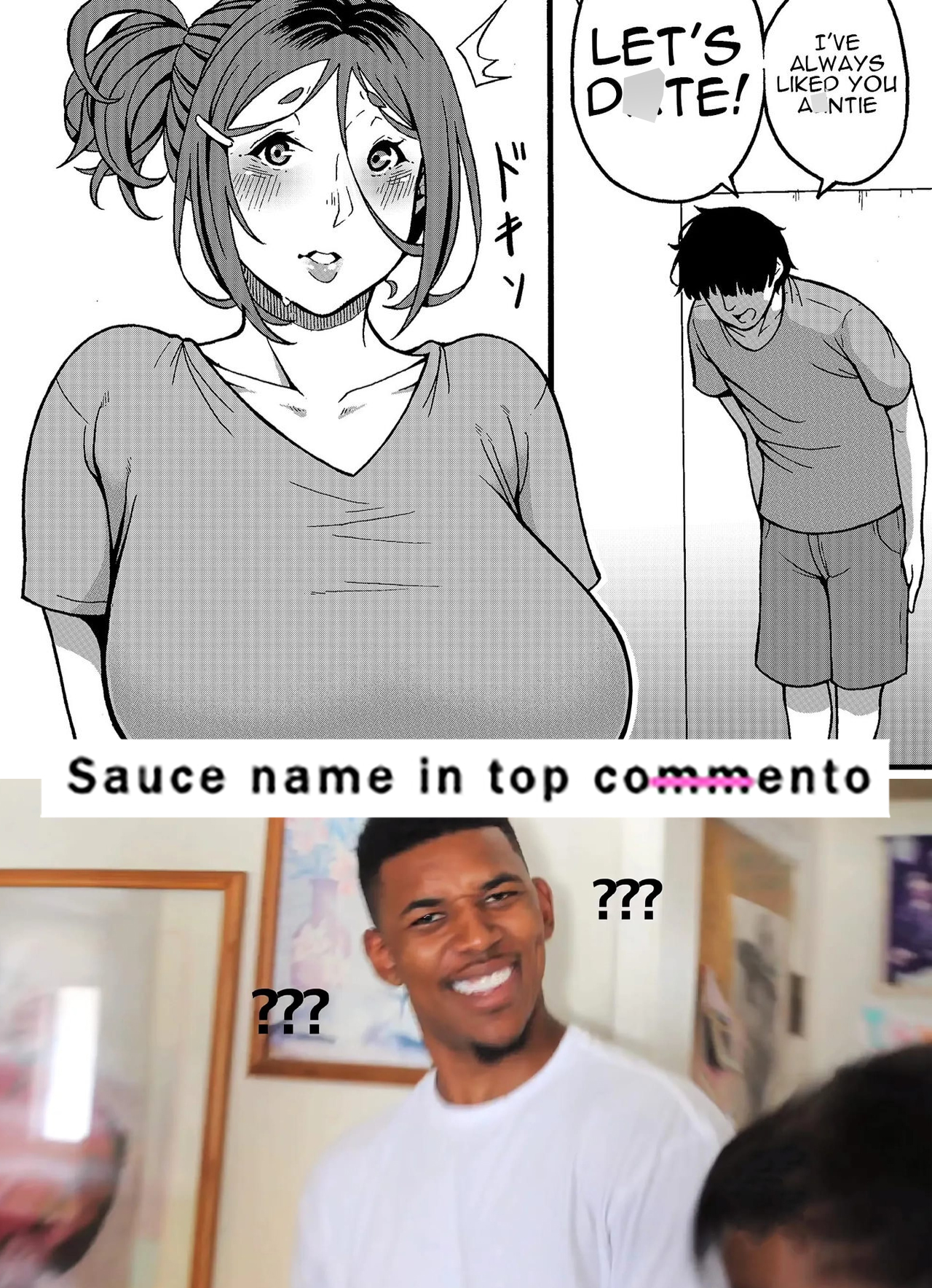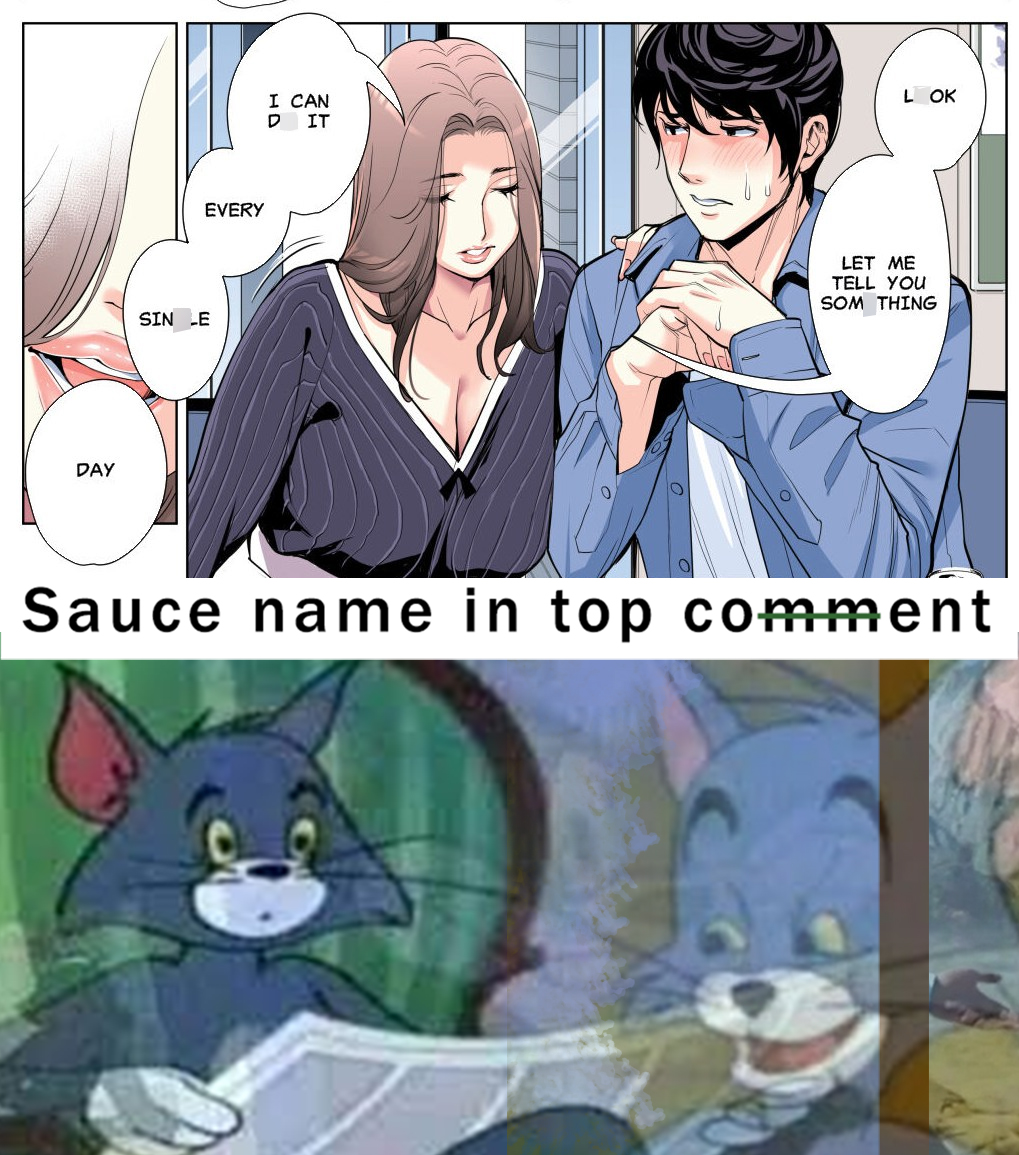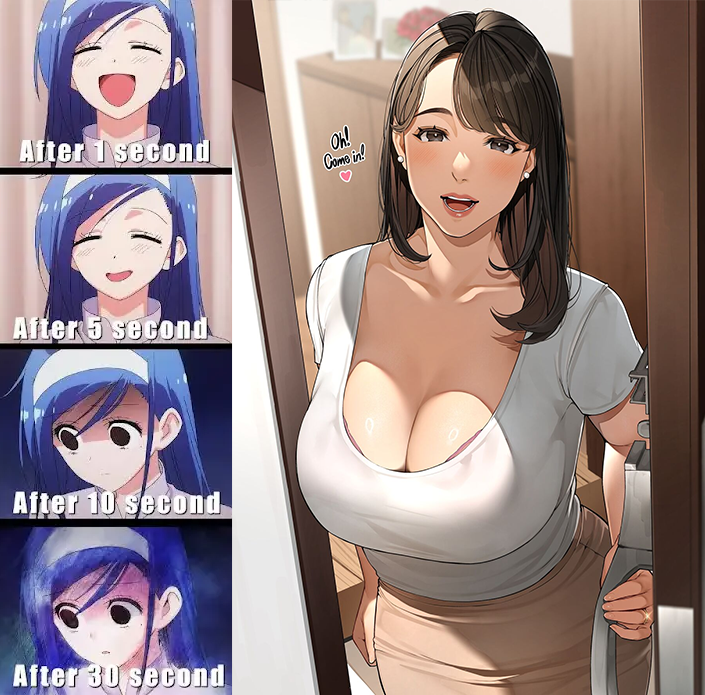Romance anime has a unique ability to make hearts soar, and Japanese animation often brings these stories to life in ways other mediums can’t match. Over the years, countless romantic tales have been told through anime, ranging from comedic to deeply heartbreaking stories. With so many options, fans might find it challenging to choose the perfect show to watch. Fortunately, a few great romance anime stand out among the rest.
Spring 2024 is already a few weeks in, and it has been quite promising. Winter 2024 had a strong selection of romance anime, setting high expectations for the current season.
However, it’s important to appreciate the new shows without comparing them to previous hits like *The Dangers in My Heart* or *A Sign of Affection*. By most measures, the Spring 2024 season also features a good number of love stories.
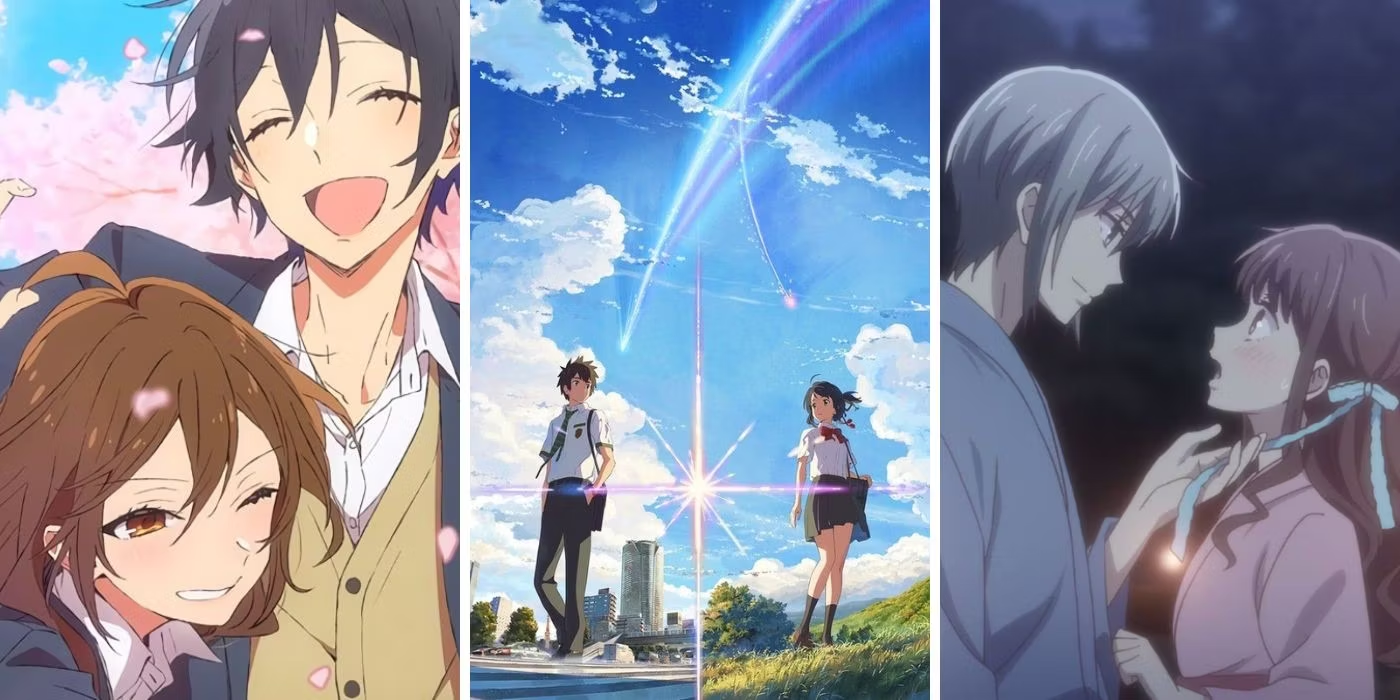
Compared to its predecessor, Spring 2024 seems to fall short when it comes to pure romance anime, despite having a few good shows. One notable exception stands out, but the overall lineup lacks multiple great entries. Some series this season are polarizing;
for instance, *A Condition Called Love* exemplifies this with Saki and Hotaru’s relationship being built on obsession as much as love, which contrasts with the anime’s wholesome tone. *Studio Apartment, Good Lighting, Angel Included* is considered passable;
while *Astro Note* leans more towards bizarre than consistently funny. *Grandpa and Grandma Turn Young Again* is cute, and *Chillin’ in Another World with Level 2 Super Cheat Powers* shares a similar charm.
9. Kaguya-sama: Love is War
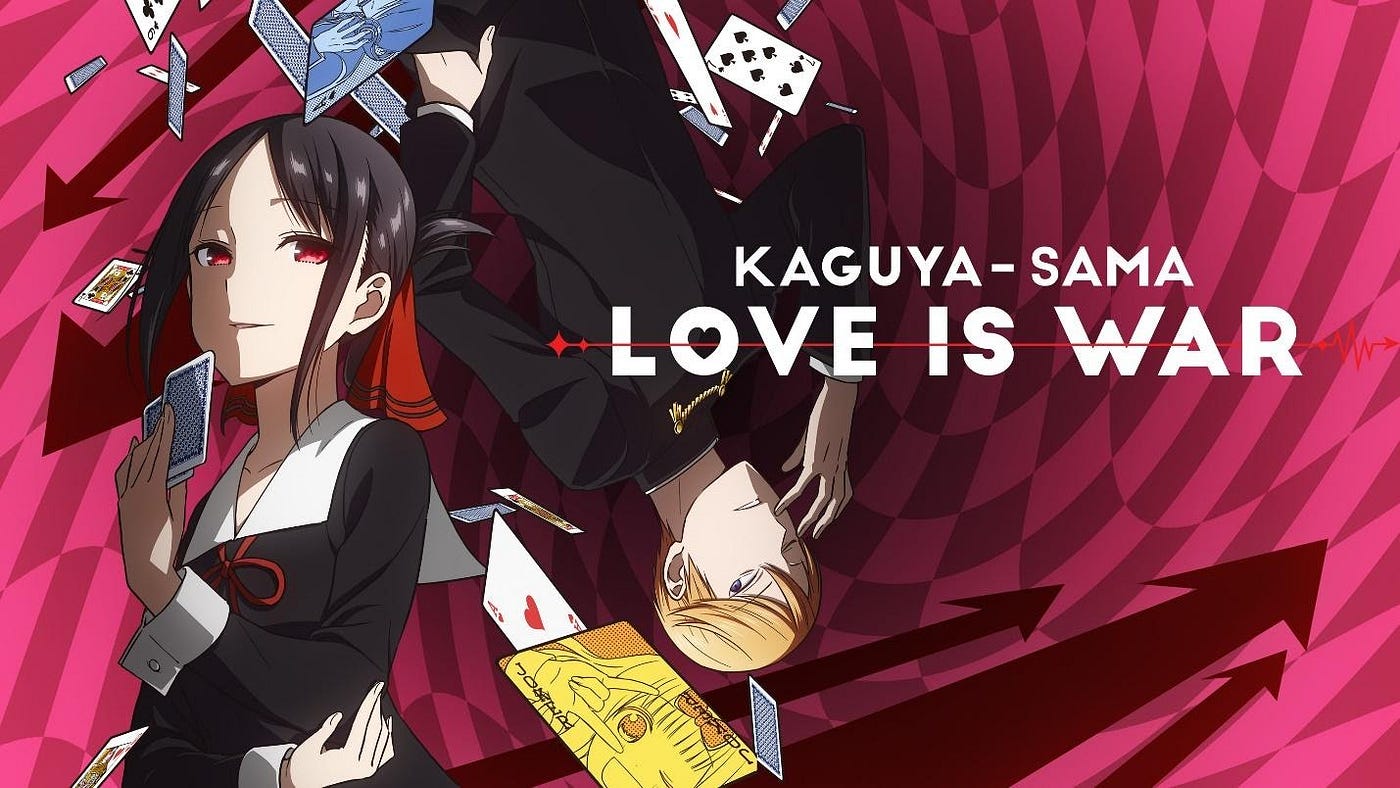
Love is War is a delightful departure from typical romance anime tropes, as Miyuki and Kaguya engage in a battle of wits to avoid confessing their feelings first. Their rivalry is fueled by their intense intellect and determination to outsmart each other, resulting in hilarious and heartwarming moments as they navigate their roles in the student council at an elite school.
Season 3 of Kaguya-sama: Love is War, which aired in Spring 2022, continued to deliver comedic brilliance while also subtly advancing Miyuki and Kaguya’s relationship. The anticipation for the next season, which promises to look deeper into their romance, is palpable among fans. If the anime stays true to the manga, Love is War has the potential to become one of the greatest romance anime of all time.
“Kaguya-sama: Love is War” (Kaguya-sama wa Kokurasetai: Tensai-tachi no Renai Zunousen) is a Japanese romantic comedy manga series written and illustrated by Aka Akasaka. It began serialization in Shueisha’s seinen manga magazine Miracle Jump in May 2015, before being transferred to Weekly Young Jump in March 2016.
The series has also been adapted into an anime by A-1 Pictures, which premiered in January 2019. Here’s a comprehensive review and detailed information about “Kaguya-sama: Love is War”:
“Kaguya-sama: Love is War” is set in the prestigious Shuchiin Academy, where two brilliant and prideful students, Kaguya Shinomiya and Miyuki Shirogane, serve as the president and vice-president, respectively, of the student council. Despite their mutual attraction to each other, both Kaguya and Miyuki are too proud to confess their feelings, believing that whoever confesses first will lose the psychological battle of love.
The series is driven by this central conflict, showcasing the elaborate schemes and mind games that Kaguya and Miyuki use to try to get the other to confess.
Each chapter or episode typically revolves around a specific scenario where the two engage in a battle of wits, often leading to humorous and unexpected outcomes. Their interactions are further complicated by their fellow student council members, who inadvertently (or sometimes intentionally) add to the chaos.
Kaguya Shinomiya: Kaguya is the beautiful, intelligent, and wealthy vice-president of the student council. As the heiress of the powerful Shinomiya family, she is accustomed to being in control and getting what she wants. Despite her composed exterior, she harbors deep feelings for Miyuki and goes to great lengths to make him confess first.
Miyuki Shirogane: Miyuki is the hardworking and highly respected president of the student council. Coming from a modest background, he prides himself on his achievements and diligence. He is deeply in love with Kaguya but is equally determined to make her confess first, viewing it as a matter of pride and superiority.
Chika Fujiwara**: Chika is the bubbly and carefree secretary of the student council. Her innocent and whimsical nature often disrupts Kaguya and Miyuki’s schemes, providing comic relief and unexpected insights. Despite her playful demeanor, Chika is shown to be quite intelligent and perceptive in her own right.
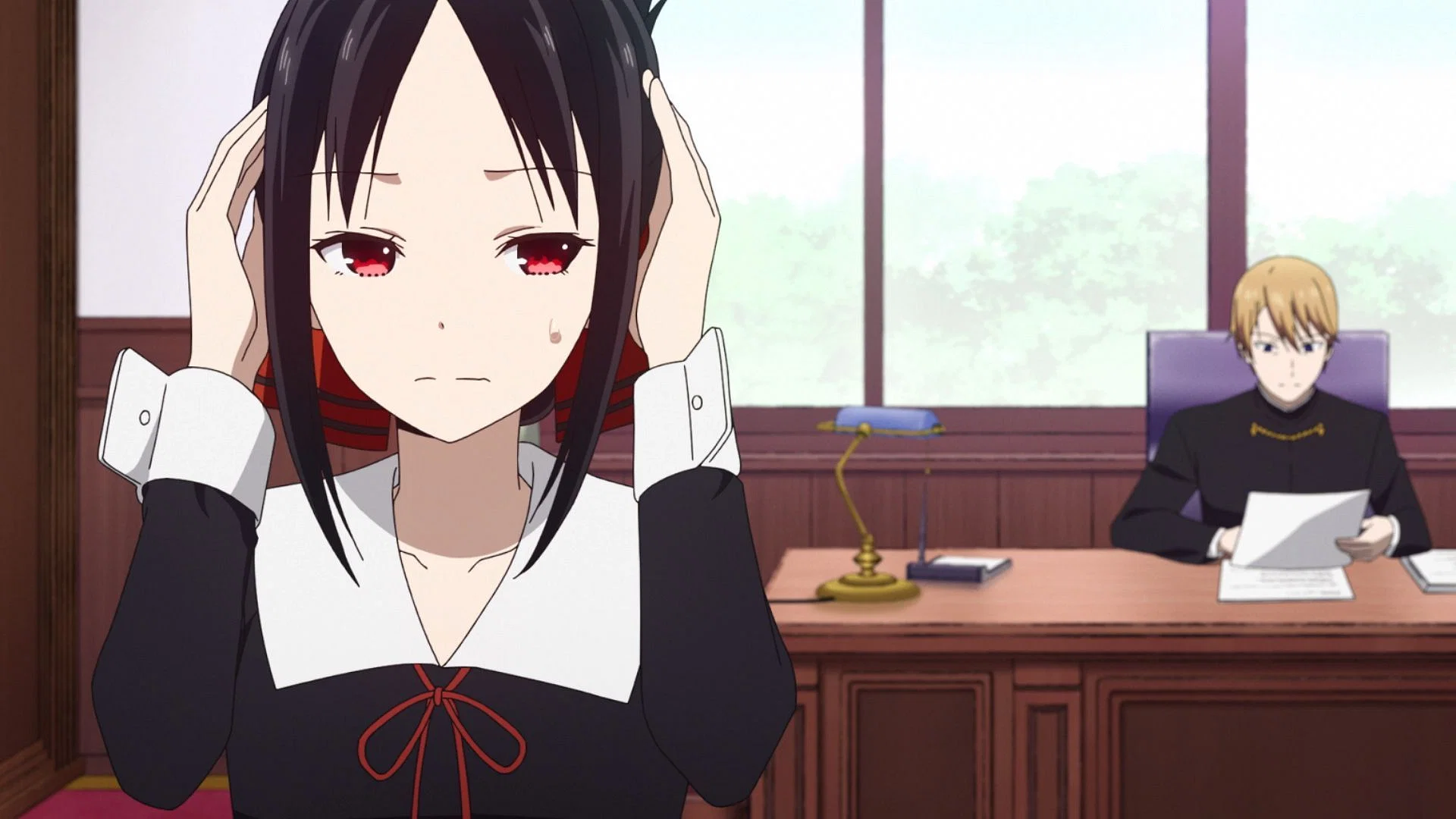
Yu Ishigami: Yu is the introverted and somewhat pessimistic treasurer of the student council. He initially keeps to himself but gradually opens up to his fellow council members. His dry humor and cynical outlook contrast sharply with the more cheerful Chika, and he often finds himself caught up in the student council’s antics against his will.
Ai Hayasaka: Ai is Kaguya’s personal maid and confidant. She often assists Kaguya in her schemes and provides practical advice. Despite her professional demeanor, she genuinely cares for Kaguya and tries to support her in her romantic endeavors.
“Kaguya-sama: Love is War” explores themes of pride, vulnerability, and the complexities of young love. The series cleverly subverts traditional romantic comedy tropes by focusing on the power struggle between Kaguya and Miyuki, who are both too stubborn to confess their feelings openly. This central conflict drives the narrative and creates a humor, drama, and romance.
The execution of the series is masterful, with each episode or chapter presenting a new scenario that tests the wits and emotions of the characters. The writing is sharp and witty, filled with clever dialogue and humorous situations that keep the audience engaged. The psychological warfare between Kaguya and Miyuki is both entertaining and relatable, highlighting the absurd lengths people go to in the name of love.
The anime adaptation by A-1 Pictures features vibrant and expressive animation that captures the essence of the characters and their antics. The character designs are stylish and distinctive, with fluid animation that brings their expressions and movements to life. The series uses creative visual metaphors and dynamic editing techniques to enhance the comedic timing and emotional impact of key scenes.
The art style of the manga, illustrated by Aka Akasaka, is clean and detailed, with a strong emphasis on the characters’ facial expressions and body language. This attention to detail helps convey the nuances of their psychological battles and adds depth to their interactions. The backgrounds and settings are also well-rendered, providing a realistic and immersive environment for the story.
The soundtrack of “Kaguya-sama: Love is War,” composed by Kei Haneoka, complements the series’ tone with a mix of playful, romantic, and dramatic tracks. The opening theme “Love Dramatic” by Masayuki Suzuki and Rikka Ihara and the ending theme “Sentimental Crisis” by halca capture the spirit of the series, with catchy melodies and lyrics that reflect the characters’ inner turmoil and romantic tension.
The voice acting performances in the anime are superb, with standout performances by Aoi Koga as Kaguya, Makoto Furukawa as Miyuki, Konomi Kohara as Chika, and Ryouta Suzuki as Yu.
The voice actors skillfully convey the characters’ personalities and emotions, adding depth and authenticity to their interactions. Their performances are particularly effective in delivering the series’ humor and dramatic moments, making the characters feel real and relatable.
“Kaguya-sama: Love is War” has received widespread acclaim from both critics and audiences, praised for its clever writing, charming characters, and hilarious comedy. The series has become a cultural phenomenon in Japan and internationally, spawning numerous spin-off manga, light novels, and merchandise. The anime adaptation has been particularly well-received, with its success leading to multiple seasons and OVAs.
The series has inspired discussions and analyses among fans, particularly regarding its exploration of social dynamics and human behavior. It has also led to various fan creations, including fan art, fan fiction, and discussions on online forums and social media platforms.
“Kaguya-sama: Love is War” is a delightful and inventive romantic comedy that offers a fresh take on the genre. Its clever premise, witty humor, and endearing characters make it a standout series that is sure to leave viewers laughing and rooting for Kaguya and Miyuki’s love story.
Whether you’re a fan of romantic comedies or simply enjoy sharp writing and memorable characters, “Kaguya-sama: Love is War” is a must-watch anime that is guaranteed to entertain and charm audiences of all ages.
8. Nana
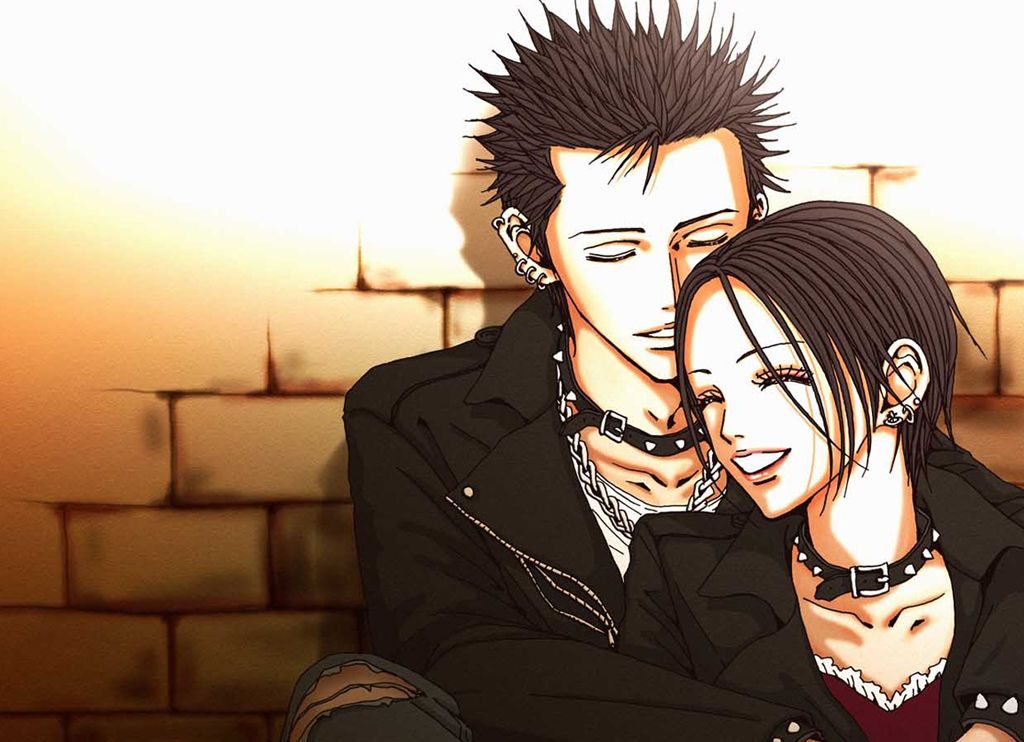
Nana is undeniably one of the most iconic and beloved shoujo anime of all time, fascinating audiences with its compelling storyline and rich character development. The series revolves around two women, both named Nana, whose seemingly disparate lives intersect in unexpected ways, leading to divergent outcomes.
Without giving away spoilers, Nana offers a fascinating narrative that defies conventional expectations, presenting surprising twists and turns along the way. Spanning 47 episodes, the anime looks into the unique perspectives on love held by both protagonists, exploring a variety of relationships that shape their individual journeys.
Whether you’re a dedicated romance enthusiast or not, Nana’s universal themes and nuanced storytelling make it a must-watch for any anime fan.
“Nana” is a Japanese manga series written and illustrated by Ai Yazawa. The series was serialized in Shueisha’s Cookie magazine from 2000 until it went on indefinite hiatus in 2009. “Nana” has been adapted into two live-action films and an anime series by Madhouse that aired in 2006.
The story’s rich emotional depth, complex characters, and exploration of love, friendship, and personal growth have made it a beloved classic. Here’s a comprehensive review and detailed information about “Nana”:
“Nana” revolves around the lives of two young women, both named Nana, who meet by chance on a train to Tokyo. Despite sharing the same name, they have vastly different personalities and backgrounds, but their lives become intertwined as they navigate their journeys in the big city.
Nana Komatsu, often called Hachi (derived from Hachiko, a famous loyal dog in Japanese culture), is a naive and overly romantic young woman who moves to Tokyo to be closer to her boyfriend and to find a sense of purpose. She is optimistic, and emotional, and seeks stability and love in her life.
Nana Osaki is a punk rock singer with a fierce and independent personality. She moves to Tokyo to pursue her dream of becoming a professional musician and to reunite with her boyfriend, Ren Honjo, who is already a successful guitarist in the band Trapnest.
The two Nanas end up sharing an apartment, and the series chronicles their deepening friendship, their romantic relationships, and their struggles to achieve their dreams. The narrative alternates between the perspectives of the two protagonists, providing a multifaceted view of their lives and the people around them.
Nana Komatsu (Hachi)*: Hachi is characterized by her warmth, emotional nature, and desire for love and stability. Throughout the series, she undergoes significant personal growth, learning to become more self-reliant and understanding the complexities of love and relationships.
Nana Osaki: Nana is tough, determined, and passionate about her music. Her strong exterior hides a vulnerable side, particularly concerning her relationship with Ren and her fear of being abandoned. Her journey reflects her struggle between pursuing her dreams and maintaining her personal relationships.
Ren Honjo: Ren is Nana Osaki’s boyfriend and the guitarist for Trapnest. He is a key figure in Nana’s life and represents both her greatest love and her deepest source of pain. Ren’s character is central to many of the series’ emotional conflicts.
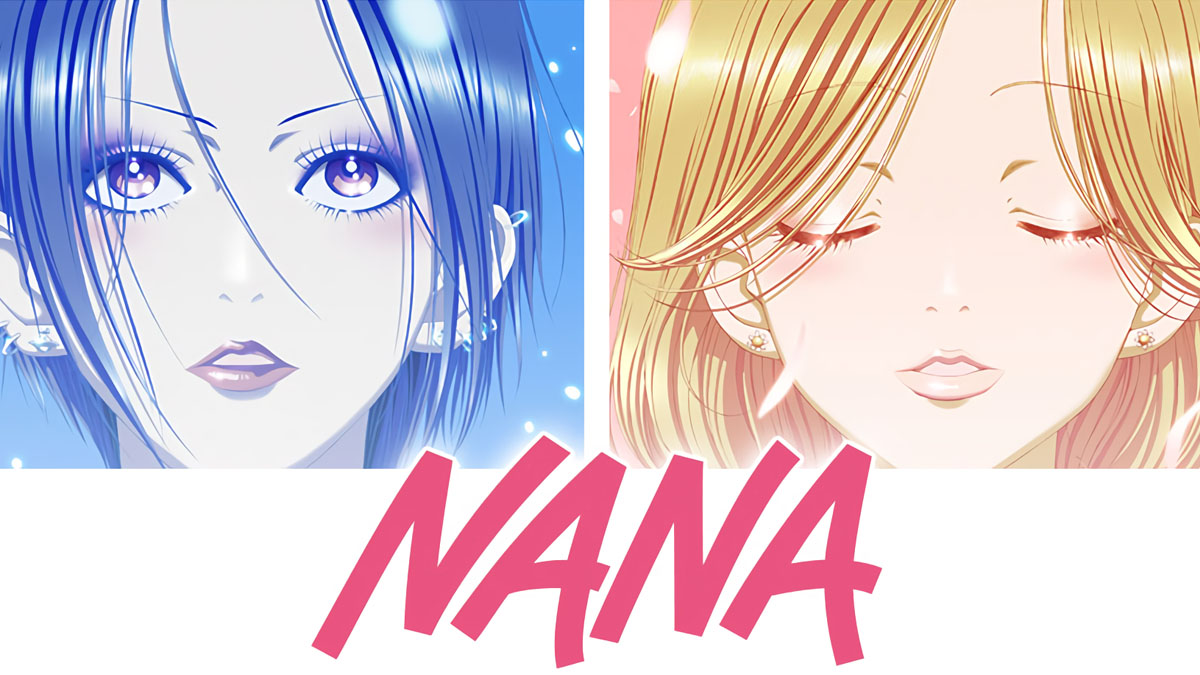
Takumi Ichinose: Takumi is the bassist and leader of Trapnest. He is a complex character, often portrayed as manipulative and ambitious. His relationship with Hachi is one of the most contentious and pivotal aspects of the story.
Nobu Terashima: Nobu is a guitarist in Nana Osaki’s band, Black Stones (Blast), and becomes one of Hachi’s love interests. He is kind-hearted, idealistic, and serves as a foil to Takumi’s more pragmatic and controlling nature.
Yasushi Takagi (Yasu): Yasu is the drummer for Blast and acts as a mentor and older brother figure to the other members. His calm and collected demeanor provides stability within the band and among his friends.
“Nana” explores a wide range of themes, including friendship, love, ambition, heartbreak, and the pursuit of dreams. The series goes deeply into the emotional and psychological of its characters, portraying their joys, sorrows, and inner conflicts with a raw and realistic touch.
Friendship: The bond between the two Nanas is the heart of the series. Their friendship is portrayed with depth and nuance, showing how they support each other through various trials and tribulations.
*Love and Relationships: “Nana” presents a multifaceted view of love, exploring its different forms and the complications that arise from it. The relationships in the series are depicted with emotional complexity, often highlighting the struggles and sacrifices involved.
Ambition and Dreams: Both Nanas are driven by their ambitions—Hachi to find her place and Nana Osaki to achieve musical success. The series examines the cost of pursuing one’s dreams and the impact it has on personal relationships.
Identity and Self-Discovery: The characters undergo significant personal growth, discovering who they are and what they want from life. The series portrays their journeys of self-discovery with sensitivity and realism.
Ai Yazawa’s artwork in “Nana” is distinctive and stylish, characterized by its detailed and expressive character designs. The fashion and aesthetics play a significant role in defining the characters’ personalities and the world they inhabit. Yazawa’s ability to convey subtle emotions through facial expressions and body language adds depth to the storytelling.
The backgrounds and settings are meticulously rendered, creating a vibrant and immersive Tokyo. The contrast between the glamorous world of music and the more mundane aspects of everyday life is depicted with great attention to detail, enhancing the series’ realism and emotional impact.
The anime adaptation of “Nana,” produced by Madhouse, aired from April 2006 to March 2007, spanning 47 episodes. The anime faithfully captures the essence of the manga, with high-quality animation and a soundtrack that brings the story’s musical elements to life. The opening and ending themes, as well as the insert songs performed by the characters’ bands, add an extra layer of authenticity and emotional resonance.
Two live-action films, released in 2005 and 2006, also brought the story to a wider audience. While the films condense the narrative and make some changes, they capture the spirit of the manga and feature strong performances, particularly by the actors portraying the two Nanas.
“Nana” has received widespread acclaim for its realistic portrayal of relationships and its emotional depth. It has won several awards and is often cited as one of the best shojo manga series. The manga’s hiatus in 2009 left fans eagerly awaiting its conclusion, and it remains a beloved series despite its unfinished status.
The series has had a significant cultural impact, inspiring a dedicated fanbase and influencing other works in the romance and drama genres. Its exploration of complex emotional themes and its stylish presentation have made it a standout in both manga and anime.
“Nana” is a poignant and beautifully crafted series that offers a deep and realistic exploration of love, friendship, and personal growth. Its richly developed characters, emotional storytelling, and stylish artwork make it a must-read for fans of romance and drama. Whether experienced through manga, anime, or live-action adaptations, “Nana” is a timeless story that continues to resonate with audiences worldwide.
7. The Dangers in My Heart
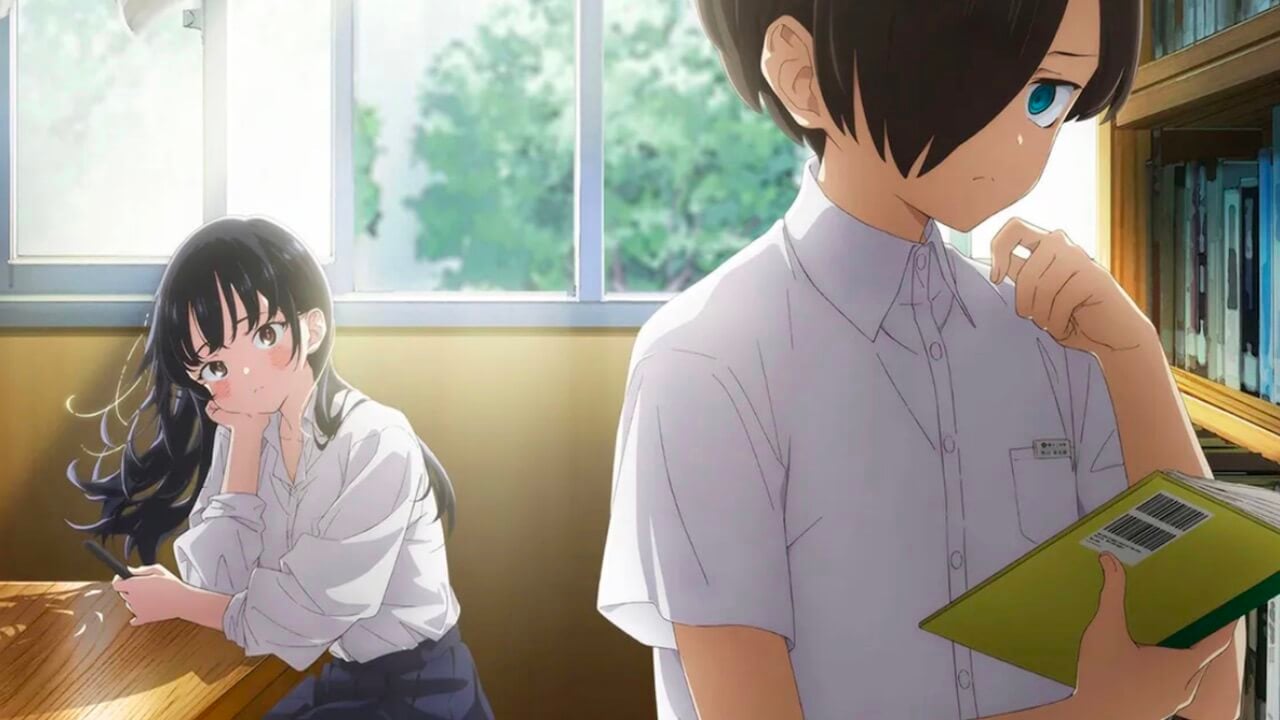
The Dangers in My Heart stands out as a brilliant addition to the realm of shonen romance anime, defying expectations and offering a refreshing take on a familiar trope. At first glance, it may appear to follow the typical formula of a popular girl falling for an ordinary loner, but the anime exceeds these clichés to deliver a compelling and nuanced story.
Ichikawa, our protagonist, is an average high school student with few friends, who often finds solace in daydreaming about unconventional topics. Anna, on the other hand, is a bubbly yet shy girl who works as a model and loves to eat.
Their unexpected encounter at the school library sparks a friendship that gradually evolves into something deeper. As Anna encourages Ichikawa to break out of his shell, he undergoes significant personal growth throughout the series.
What sets The Dangers in My Heart apart is its character development and realistic portrayal of relationships. While the romance may start as a slow burn, it gradually evolves into something truly special, making it one of the best romance anime of its time.
Anna and Ichikawa are both well-rounded characters, with Anna’s depth and vulnerabilities adding layers to the storyline. Their relationship feels genuine and convincing, elevating the series beyond mere wish fulfillment.
“The Dangers in My Heart” (Japanese: “Boku no Kokoro no Yabai Yatsu”) is a Japanese manga series written and illustrated by Norio Sakurai. Serialized in Akita Shoten’s Manga Cross magazine since March 2018, this romantic comedy has captured readers with its unique blend of dark humor, emotional depth, and character development.
“The Dangers in My Heart” follows the story of Kyoutaro Ichikawa, a middle school student with a seemingly twisted personality. Kyoutaro harbors dark fantasies and imagines himself as a misfit who secretly plans to murder his classmates, particularly the popular and beautiful Anna Yamada. He spends his time reading books about murder and imagining gruesome scenarios.
However, as the story progresses, it becomes clear that Kyoutaro’s dark fantasies are more of a coping mechanism for his insecurities and social anxieties. His real-life interactions with Anna reveal a much different side of his character. Anna, despite being the object of his dark fantasies, turns out to be kind, clumsy, and unexpectedly approachable.
The narrative revolves around Kyoutaro’s internal struggles, his developing feelings for Anna, and the slow revealing of his dark persona to reveal a more vulnerable and genuine side. The setting primarily takes place in a typical Japanese middle school, focusing on the ordinary yet emotionally charged interactions between the characters.
Kyoutaro Ichikawa: Kyoutaro is the protagonist of the series, initially depicted as a loner with a dark and disturbing imagination. His fantasies of murder are juxtaposed with his actual timid and socially awkward nature.
As the story unfolds, it becomes apparent that Kyoutaro uses his fantasies as a shield against his insecurities and fears of rejection. His character development is central to the plot, showcasing his gradual transformation as he interacts more with Anna and his classmates.
Anna Yamada: Anna is the female lead and the object of Kyoutaro’s dark fantasies. She is popular, cheerful, and seemingly perfect, but she also has a quirky and clumsy side that makes her more relatable and human. Anna’s genuine kindness and interest in Kyoutaro play a crucial role in breaking down his emotional barriers and helping him confront his true feelings.
Supporting Characters: The series features a cast of supporting characters, including Kyoutaro and Anna’s classmates, who add depth to the story. Characters like Chihiro Kobayashi, a classmate who often interacts with both Kyoutaro and Anna and other friends provide a more comprehensive view of the school environment and the social dynamics at play.
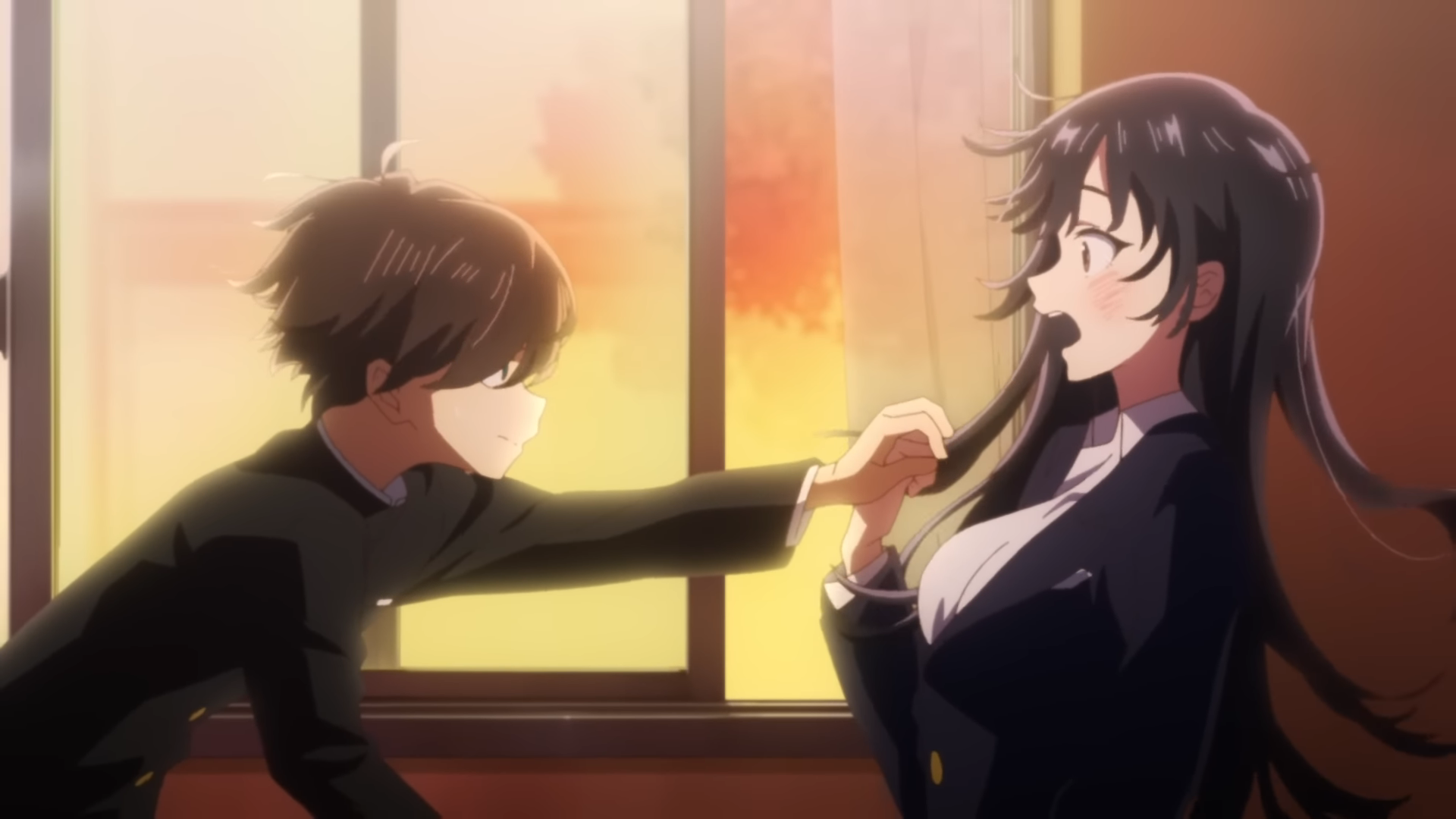
“The Dangers in My Heart” explores themes of identity, loneliness, and the complexities of adolescence. The series goes into the psychological aspects of its characters, particularly Kyoutaro, and how their internal struggles shape their perceptions and interactions with others.
Identity and Self-Acceptance: Kyoutaro’s journey is one of self-discovery and acceptance. His dark fantasies are a manifestation of his struggle to find his place in the world and cope with his insecurities. Through his interactions with Anna, he begins to confront his true self and gradually learns to accept his feelings and vulnerabilities.
Loneliness and Connection: The series highlights the loneliness that many adolescents experience and the importance of genuine connections. Kyoutaro’s initial isolation contrasts with the warmth and acceptance he begins to feel as he gets closer to Anna and other classmates.
Adolescent Angst and Growth: The story captures the angst and confusion of adolescence, portraying the characters’ emotional growth in a realistic and relatable manner. The humorous and darkly comedic tone balances the more serious and introspective moments, creating a compelling narrative.
Norio Sakurai’s art style is distinctive and expressive, effectively conveying the characters’ emotions and the series’ dark humor. The character designs are detailed and nuanced, with a focus on facial expressions and body language that enhances the storytelling. The use of shading and contrast adds depth to the darker elements of Kyoutaro’s fantasies, while the lighter, more comedic scenes are depicted with a clean and engaging style.
The backgrounds and settings are well-rendered, providing a believable and immersive environment for the characters. The transitions between Kyoutaro’s dark fantasies and the real world are handled smoothly, maintaining the story’s balance between humor and introspection.
“The Dangers in My Heart” has been well-received by both critics and readers for its unique take on the romantic comedy genre and its deep character development. The series has been praised for its ability to blend dark humor with heartfelt moments, creating a story that is both entertaining and emotionally resonant.
The manga’s success led to the announcement of an anime adaptation, which has further expanded its audience and brought more attention to its compelling narrative and characters. The series’ exploration of complex themes such as identity, loneliness, and emotional growth has resonated with many readers, making it a standout in the genre.
The Dangers in My Heart is a nice and thought-provoking series that offers a fresh perspective on the romantic comedy genre. Its dark humor, emotional depth, and well-developed characters make it a must-read for fans of psychological and coming-of-age stories.
Through Kyoutaro’s journey of self-discovery and his evolving relationship with Anna, the series explores the complexities of adolescence and the importance of genuine human connections. Whether you’re drawn to its unique premise or its heartfelt moments, “The Dangers in My Heart” is a manga that leaves a lasting impression.
6. A Sign of Affection
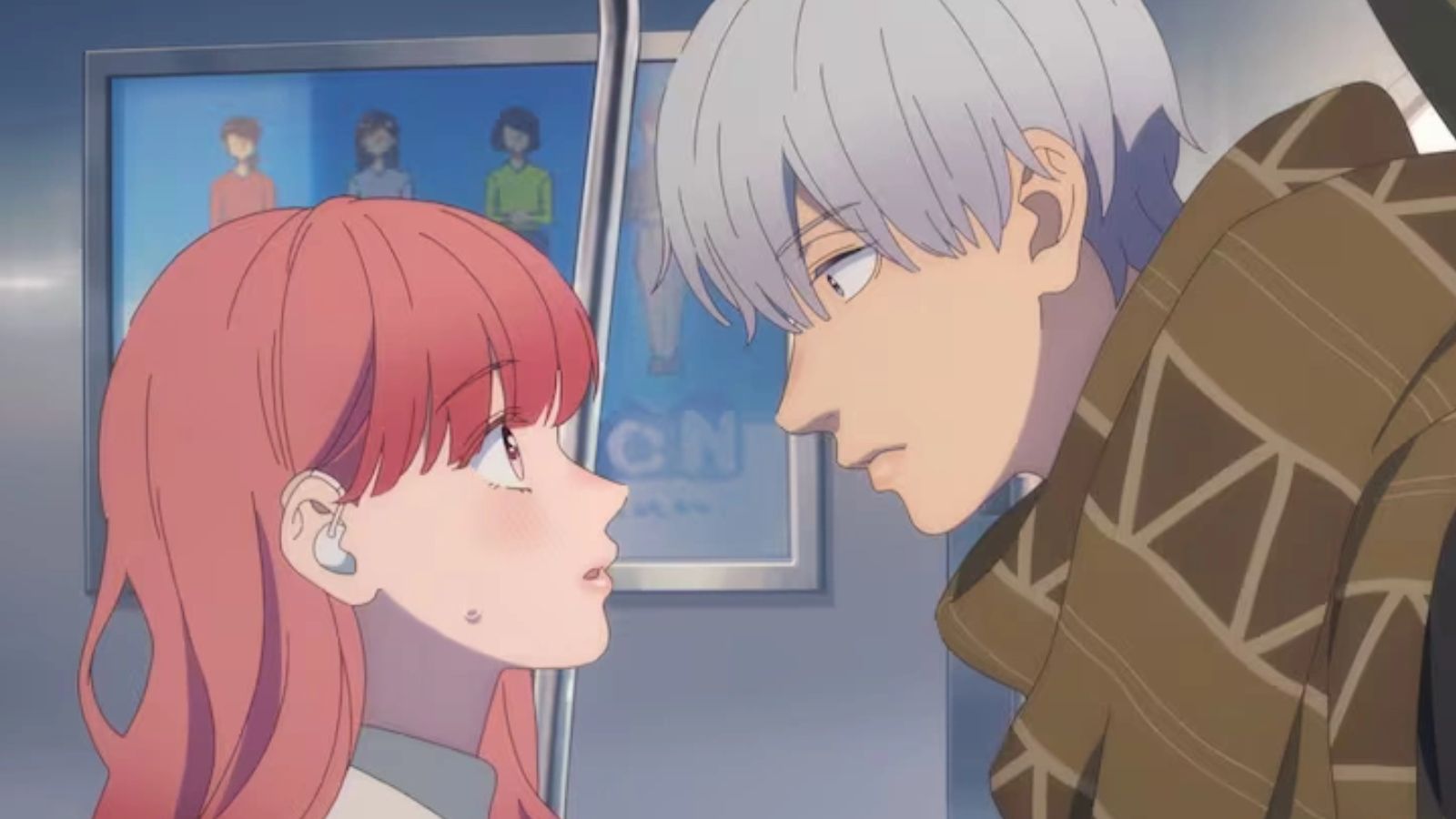
A Sign of Affection is a heartwarming romantic comedy that looks into the complexities of love and communication among college-age individuals. While the story features multiple pairings, Yuki and Itsuomi take center stage as the main couple, immediately fascinating audiences with their undeniable chemistry.
Yuki, who is hearing-impaired, relies on sign language, text, and lip-reading to communicate, while Itsuomi’s passion for languages and world travel adds depth to his character. Their chance encounter on a train sparks an instant connection, prompting them to explore their budding relationship further in subsequent meetings.
The series excels in capturing the rollercoaster of emotions associated with falling in love, culminating in poignant moments, particularly in the opening episode. Unlike many romance anime, A Sign of Affection features an older cast, lending a mature tone to the story. As the season unfolds, Yuki and Itsuomi’s bond deepens, with each interaction brimming with sweetness and charm.
“A Sign of Affection” (Japanese: “Yubisaki to Renren”) is a Japanese romance manga series written by Suu Morishita, a pen name for the collaborative duo of two female creators. It has been serialized in Kodansha’s Dessert magazine since July 2019.
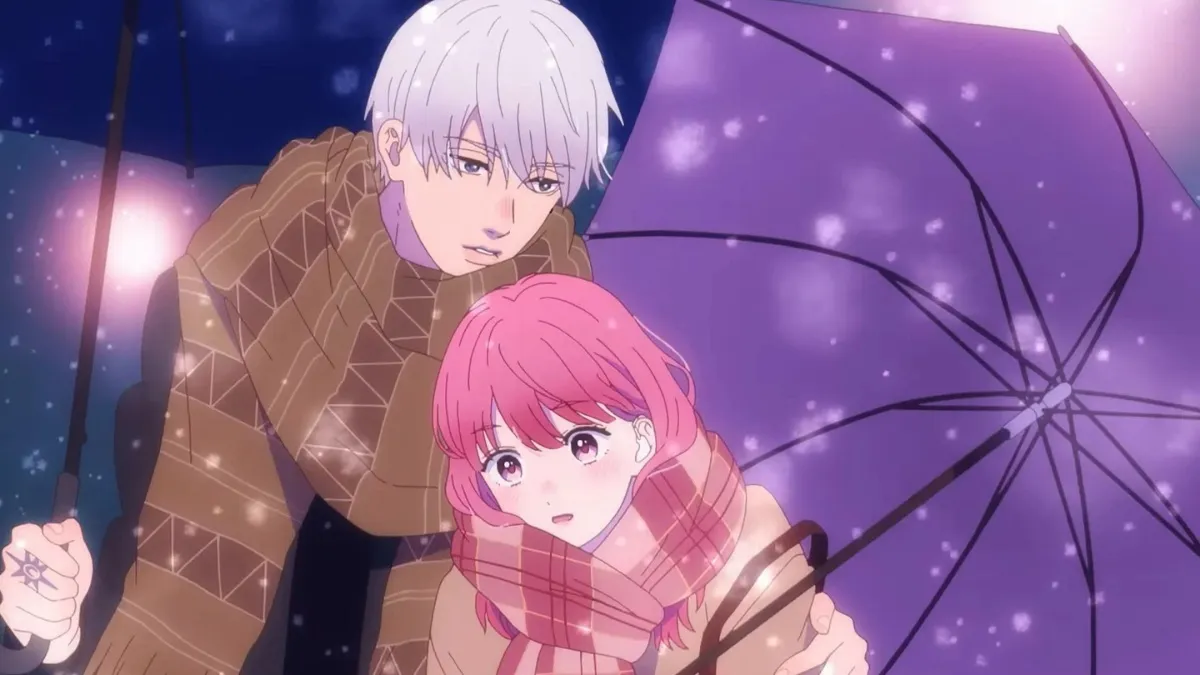
The series has garnered significant acclaim for its heartfelt story, relatable characters, and respectful portrayal of deaf culture. Here is a comprehensive review and detailed information about “A Sign of Affection”:
“A Sign of Affection” follows the life of Yuki Itose, a first-year university student who is deaf. Her world changes when she meets Itsuomi Nagi, a multilingual globetrotter who shows a genuine interest in her and her unique way of experiencing the world. The manga explores their blossoming romance and the challenges they face due to their different backgrounds and communication styles.
The story is set primarily in and around the university they attend, highlighting everyday activities and interactions that showcase the beauty and difficulties of Yuki’s life as a deaf person. The narrative balances the romantic development of Yuki and Itsuomi’s relationship and Yuki’s personal growth and interactions with her friends and family.
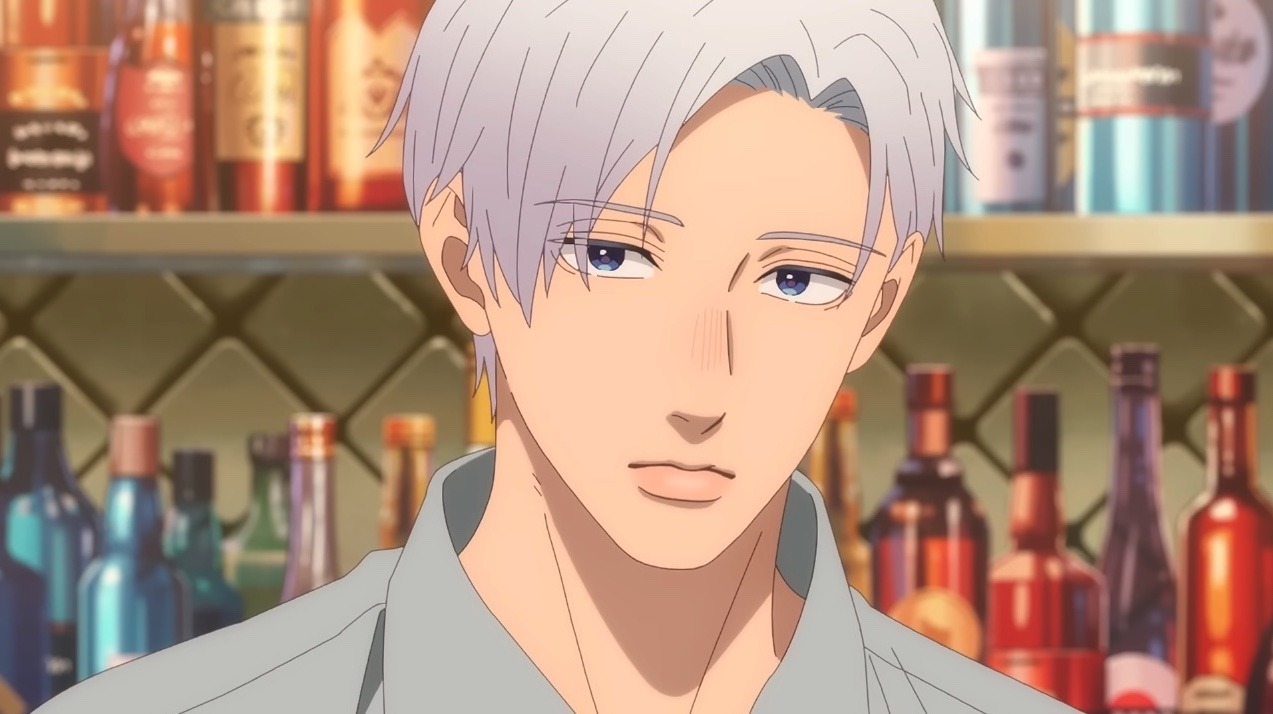
Yuki Itose: Yuki is the protagonist, a sweet and earnest young woman who is deaf. Her character is portrayed with great sensitivity and depth, showcasing her strengths and vulnerabilities. Yuki communicates primarily through Japanese Sign Language and written text. Her journey in the story is not just about romance but also about gaining confidence and navigating a world that often doesn’t fully accommodate her needs.
Itsuomi Nagi: Itsuomi is a well-traveled and multilingual student who becomes fascinated by Yuki. Unlike others, he makes an effort to learn sign language to communicate with her. His open-mindedness, curiosity, and gentle nature make him an ideal romantic lead. Itsuomi’s interest in Yuki is not just romantic but also a genuine curiosity about her world and experiences.
Rin Fujishiro: Yuki’s best friend, Rin, is a supportive and bubbly character. She plays a crucial role in Yuki’s life, providing emotional support and helping bridge the communication gap when needed. Rin’s character adds a layer of normalcy and everyday camaraderie to the story.
Oushi Igarashi: A fellow student and friend of Yuki, Oushi is initially portrayed as somewhat insensitive but grows to become more understanding and supportive. His character development provides insight into how people can learn to become more inclusive and respectful towards those with disabilities.
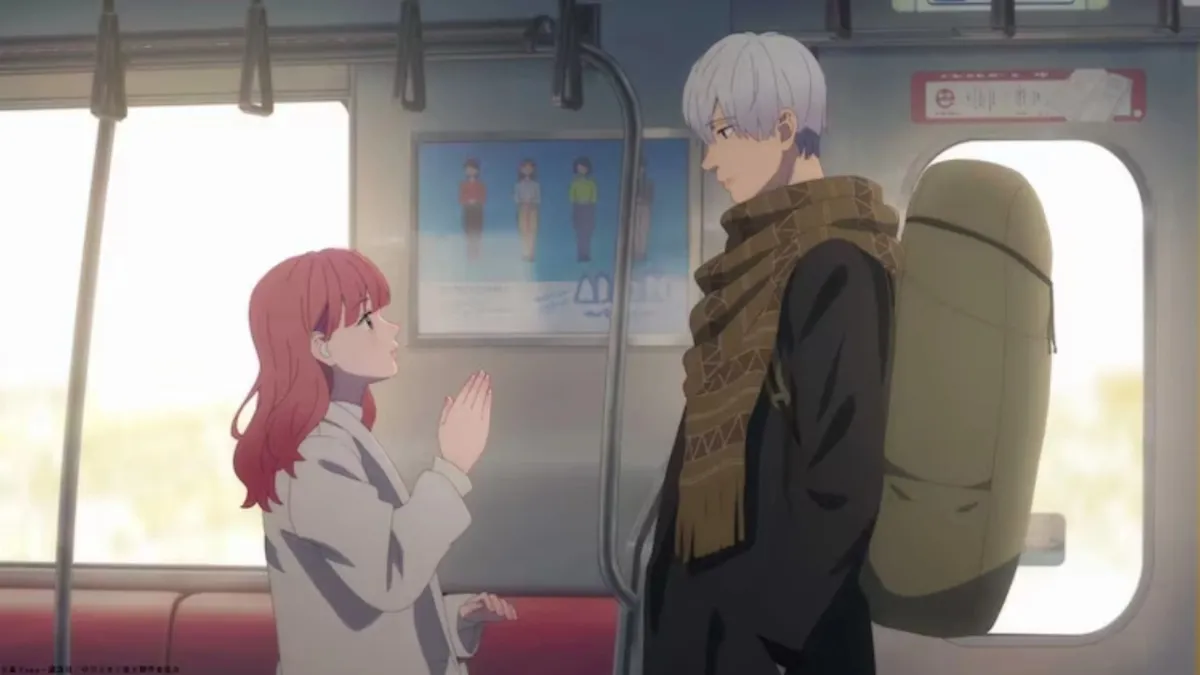
“A Sign of Affection” goes into several profound themes, including love, communication, disability awareness, and personal growth. The execution of these themes is handled with remarkable sensitivity and authenticity.
The core of the story revolves around the romantic relationship between Yuki and Itsuomi. The manga highlights the importance of communication in relationships, especially when language barriers exist. Itsuomi’s efforts to learn sign language underscore the message that love involves understanding and adapting to each other’s worlds.
The series provides an insightful look into the life of a deaf person. It addresses the challenges and prejudices that Yuki faces while also celebrating her abilities and unique way of experiencing the world. The depiction of Japanese Sign Language is done with accuracy, contributing to the authenticity of Yuki’s character.
Both main characters undergo significant personal development. Yuki becomes more confident and assertive, learning to navigate her independence and voice her needs. Itsuomi, on the other hand, learns about patience, empathy, and the importance of making efforts in relationships.
The artwork in “A Sign of Affection” is delicate and expressive, perfectly capturing the emotions and nuances of the characters. The character designs are detailed, with particular attention paid to facial expressions and body language, essential for a story that heavily relies on non-verbal communication.

Suu Morishita’s use of paneling effectively conveys the pace of conversations and the flow of emotions. The depiction of sign language is integrated seamlessly into the artwork, often accompanied by explanatory notes for readers unfamiliar with it. The backgrounds are detailed enough to set the scene without overwhelming the focus on the characters.
“A Sign of Affection” has been praised for its sensitive portrayal of a deaf protagonist and its romantic storyline. Critics and readers alike have lauded the series for its educational value, raising awareness about deaf culture and the challenges faced by those with hearing impairments.
The manga has been recognized for its inclusivity and has received positive feedback from the deaf community for its respectful and accurate representation. The series’ popularity has led to translations into several languages, making it accessible to a global audience.
“A Sign of Affection” is a beautifully crafted romance manga that offers much more than a love story. It is a heartfelt exploration of communication, inclusivity, and personal growth, all woven into the tender relationship between Yuki and Itsuomi.
The series stands out for its respectful portrayal of deaf culture and its ability to educate and entertain readers simultaneously. Whether you are a fan of romance, interested in disability representation, or simply looking for a touching and engaging read, “A Sign of Affection” is a must-read manga that leaves a lasting impression.
5. Fruits Basket
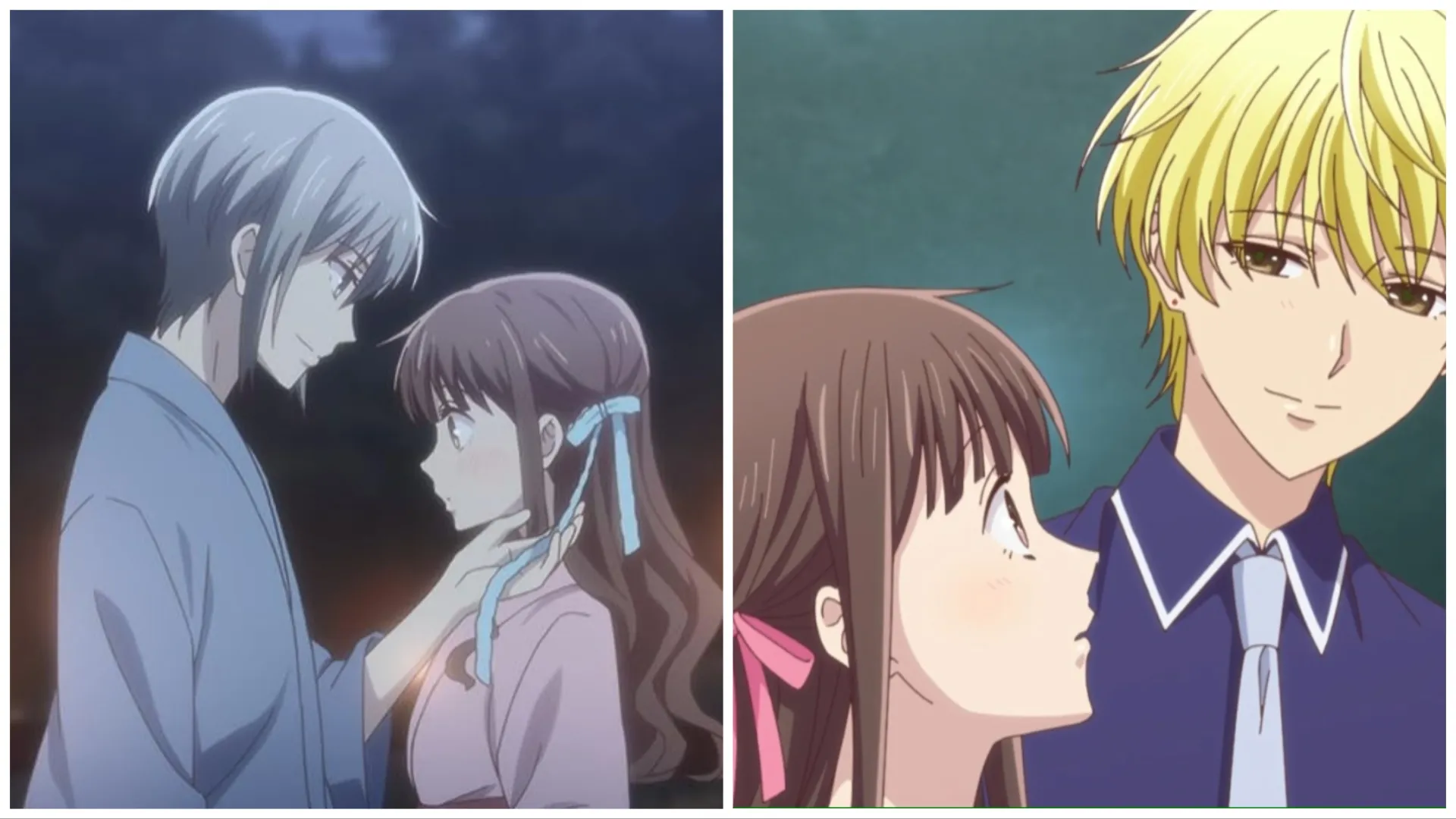
Fruits Basket stands as the epitome of romance anime, masterfully blending drama and comedy. The endearing protagonist, Tooru Honda, undergoes a transformative experience when she moves in with the enigmatic Souma family, whose members, particularly Yuki Souma, are idolized at school. However, beneath their glamorous facade lies a shocking secret that challenges everyone’s perceptions.
While love triangles in anime often lean towards favoring one potential partner, Fruits Basket defies this norm with its nuanced portrayal of relationships. Each character is intricately developed, serving as individuals rather than mere plot devices. Across its three seasons, Fruits Basket takes viewers on an unforgettable journey, setting itself apart as a true masterpiece of the genre.
“Fruits Basket” (フルーツバスケット, Furūtsu Basuketto) is a beloved Japanese manga series written and illustrated by Natsuki Takaya. It was serialized in Hakusensha’s semi-monthly Japanese shojo manga magazine Hana to Yume from 1998 to 2006.
The series has been adapted into two anime series, the first in 2001 and a more faithful adaptation that aired from 2019 to 2021. “Fruits Basket” is renowned for its deep emotional storytelling, complex characters, and exploration of themes such as family, trauma, love, and self-discovery. Here is a comprehensive review and detailed information about “Fruits Basket”:
“Fruits Basket” centers on Tohru Honda, a high school girl who becomes involved with the enigmatic Sohma family. The Sohmas are cursed to transform into animals of the Chinese zodiac when they are hugged by someone of the opposite sex or when they are under significant stress. After her mother dies in a car accident, Tohru ends up living in a tent in the woods. However, she soon discovers that she is on the Sohma family’s property.
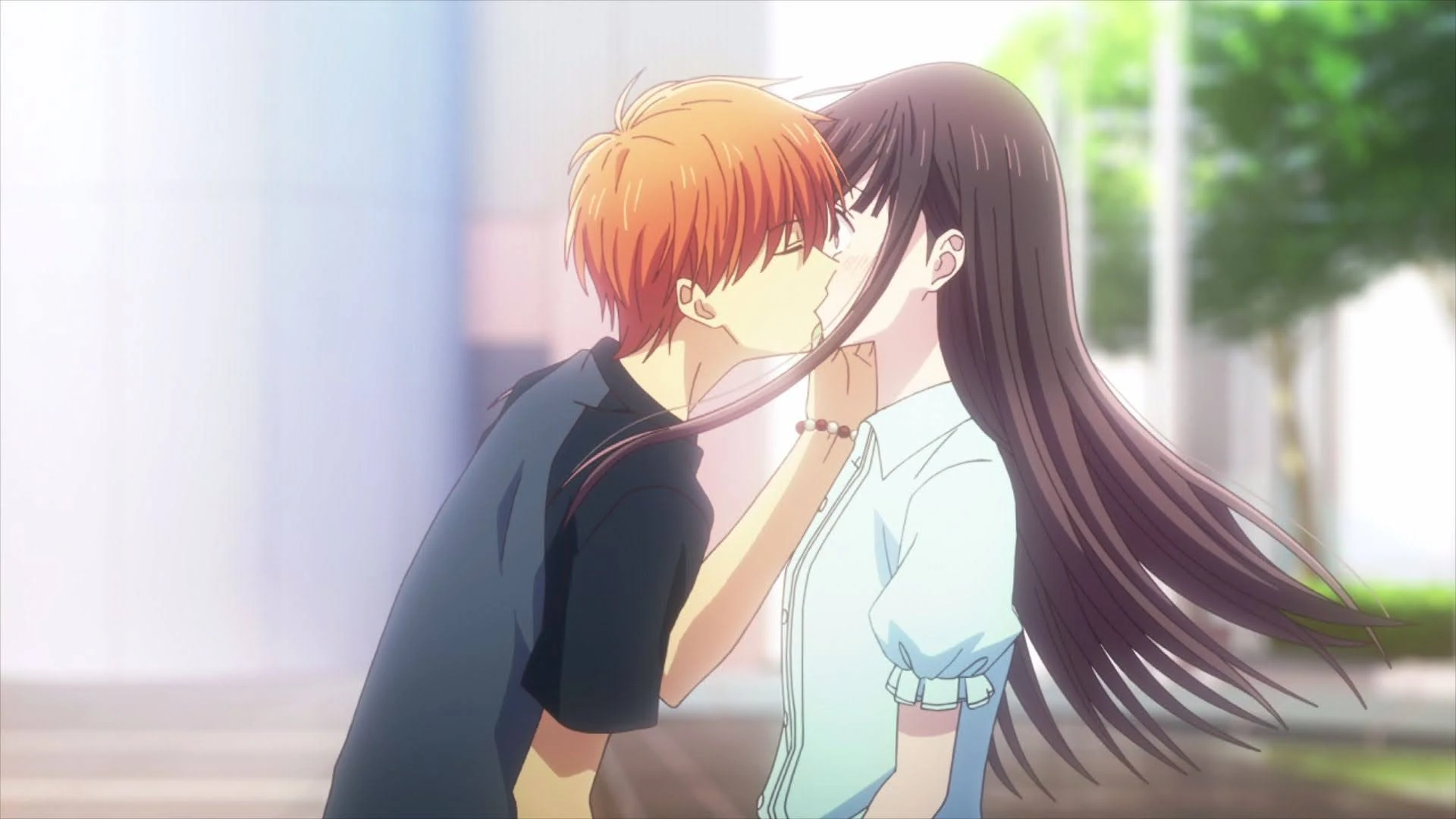
Tohru is invited to live with Shigure Sohma, along with her classmates Yuki Sohma and Kyo Sohma. As she becomes more integrated into the Sohma family, Tohru learns about the curse that binds them and the emotional and psychological scars it has left on each member. Determined to break the curse and heal their pain, Tohru’s unwavering kindness and optimism gradually begin to affect the Sohma family.
Tohru Honda: Tohru is the main protagonist, known for her kind-hearted, optimistic, and selfless nature. She has a tragic past, losing both of her parents, but she remains cheerful and supportive of those around her. Tohru’s empathy and compassion are central to her character, and her presence becomes a source of healing for the Sohma family.
Yuki Sohma: Yuki is the “Prince” of the school, admired for his looks and charisma. He transforms into the Rat of the zodiac. Yuki is gentle and reserved but struggles with feelings of inadequacy and loneliness. Throughout the series, he grapples with his complicated relationship with his family and his desire for independence.
Kyo Sohma: Kyo is a hot-headed and impulsive member of the Sohma family, transforming into the Cat, an animal excluded from the official zodiac. His difficult childhood and status as an outcast within the family have left him with a deep sense of anger and rejection. Kyo’s journey involves coming to terms with his past and finding acceptance.
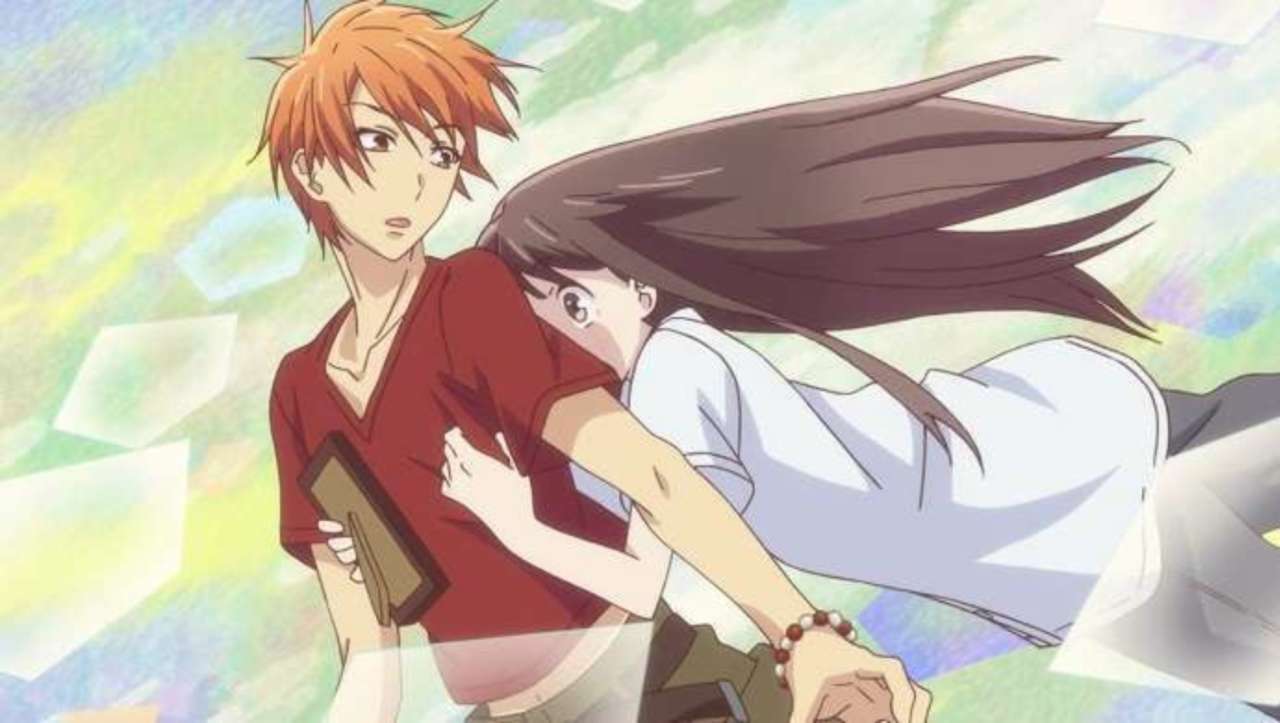
Shigure Sohma: Shigure is the Dog of the zodiac and serves as a mentor and guardian figure to Tohru, Yuki, and Kyo. He is laid-back and often acts as a comic relief but harbors his own secrets and complex motivations.
Akito Sohma: Akito is the head of the Sohma family and the embodiment of the zodiac curse. Akito’s role is central to the series’ conflict, as the character’s actions and mindset greatly influence the lives of the other Sohmas. Akito’s story is one of profound pain and struggle, with themes of power, control, and redemption playing key roles.
“Fruits Basket” goes into numerous deep and relatable themes, making it more than just a typical romantic shojo series. The series explores the impact of familial relationships and the trauma that can arise from them. Each member of the Sohma family has a unique story of suffering and emotional pain, often stemming from their cursed existence and the toxic family dynamics perpetuated by the curse.
A central theme is the healing power of acceptance and love. Tohru’s kindness and genuine concern for the Sohmas help them confront their insecurities and begin the journey towards healing. The series portrays that understanding and accepting oneself and others is crucial for emotional growth.
Characters in “Fruits Basket” undergo significant personal growth as they strive to understand themselves and break free from the constraints of their past. The story emphasizes the importance of self-acceptance and the courage to pursue one’s true identity.
Natsuki Takaya’s art style evolves significantly over the course of the series. The early volumes feature a more traditional shojo aesthetic with large eyes and delicate features, which gradually becomes more refined and expressive. Takaya’s ability to convey subtle emotions through her characters’ expressions and body language enhances the storytelling.
The backgrounds and settings are often detailed and well-rendered, creating a believable and immersive world. The visual contrast between the everyday school life and the moments of transformation or emotional intensity underscores the series’ themes effectively.
The first anime adaptation, produced by Studio Deen, aired in 2001. While it captured the essence of the manga and introduced many fans to the series, it diverged from the manga’s storyline and concluded before many critical plot points were resolved.
The more recent adaptation by TMS Entertainment, which aired from 2019 to 2021, is a complete and faithful adaptation of the manga. This version goes deeper into the characters’ backstories and follows the manga’s narrative to its conclusion, providing a more satisfying and comprehensive experience for fans.
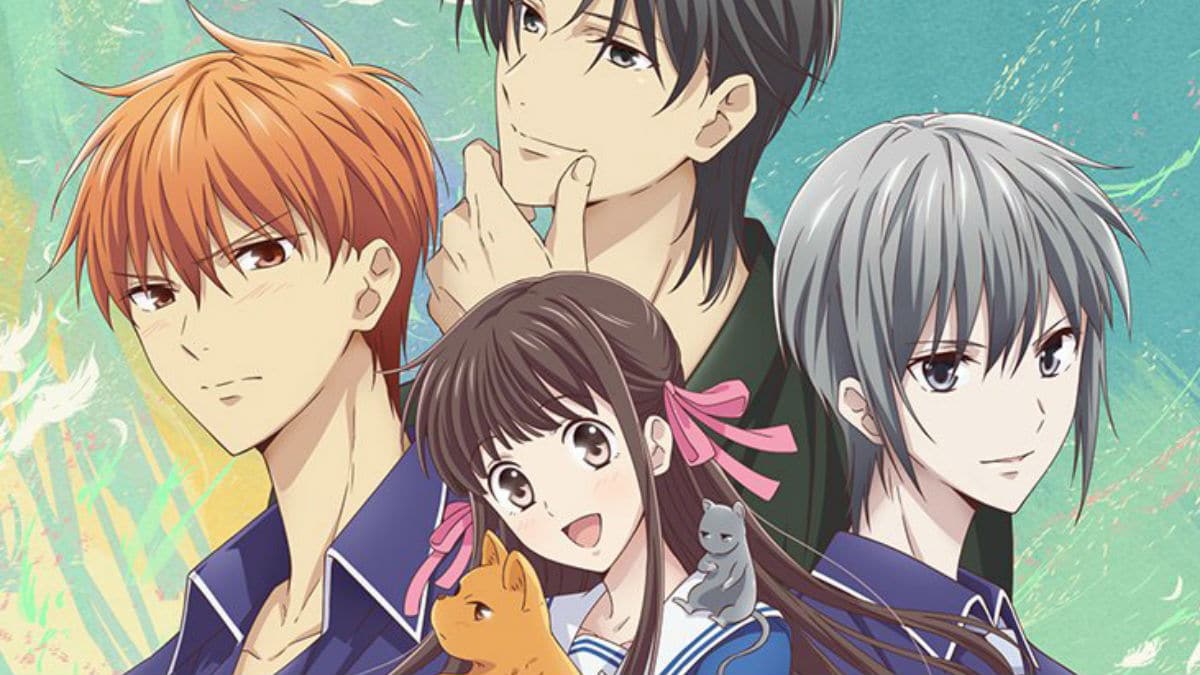
“Fruits Basket” has received widespread acclaim for its intricate storytelling, emotional depth, and well-developed characters. The manga has sold millions of copies worldwide and is considered one of the best shojo manga series of all time. It has won several awards and has been praised for its handling of sensitive topics such as trauma, mental health, and the complexity of human relationships.
The series’ ability to resonate with readers of all ages and its portrayal of universal themes of love, acceptance, and self-discovery have cemented its status as a timeless classic.
“Fruits Basket” is a beautifully crafted series that offers much more than a traditional romance. Its exploration of deep emotional and psychological themes, combined with its compelling characters and heartfelt storytelling, make it a standout in manga and anime.
Whether experienced through the manga or the faithful 2019-2021 anime adaptation, “Fruits Basket” is a series that leaves a lasting impact, reminding readers and viewers of the transformative power of kindness, love, and acceptance.
4. Clannad
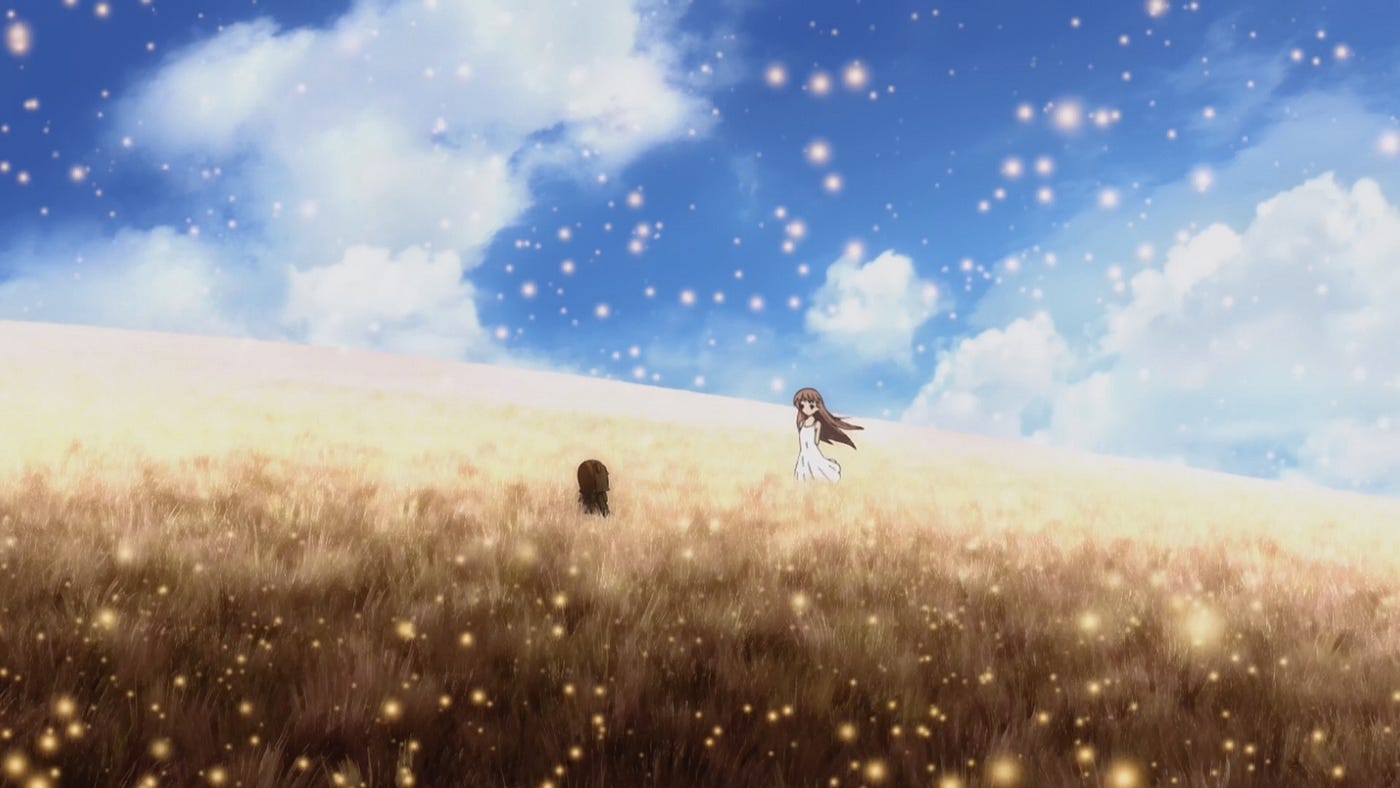
Clannad is truly an anime of two halves: the initial series and its sequel, After Story. While After Story shines brighter, Clannad sets the stage and is essential viewing for the full impact of its successor. At its core, the series revolves around the journey of Tomoya Okazaki and Nagisa Furukawa, whose story unfolds in a deeply moving and powerful manner.
Unlike many romance anime that focus solely on high school dynamics, Clannad After Story looks into the characters’ lives beyond graduation, showcasing their growth as individuals and as a couple.
The series tackles real-life struggles with authenticity, portraying the challenges and triumphs of adulthood in a heartfelt and genuine manner. Through its exploration of Tomoya and Nagisa’s relationship, Clannad After Story offers a poignant and memorable narrative that resonates with viewers long after the credits roll.
“Clannad” is a Japanese visual novel developed by Key, first released in 2004, that has since been adapted into various other media, including manga, an anime television series, and an animated film.
The anime adaptation, produced by Kyoto Animation, is particularly well-regarded and has been praised for its emotional depth, compelling characters, and beautiful animation. Here’s a comprehensive review and detailed information about “Clannad”:
“Clannad” centers on Tomoya Okazaki, a delinquent high school student who views life as dull and monotonous. He frequently skips classes and spends his time aimlessly with his friend Youhei Sunohara. One day, he meets a strange girl named Nagisa Furukawa, who is repeating her senior year due to illness. Nagisa wishes to revive the school’s drama club, and Tomoya, drawn to her sincerity and determination, decides to help her.
The story is divided into two parts: the school life arc and the “After Story” arc. The school life arc focuses on Tomoya’s interactions with various classmates, each with their own personal struggles and stories. These include Kyou and Ryou Fujibayashi, twins with contrasting personalities; Kotomi Ichinose, a genius girl dealing with her parents’ tragic past; and Fuko Ibuki, a girl whose story has a supernatural twist.
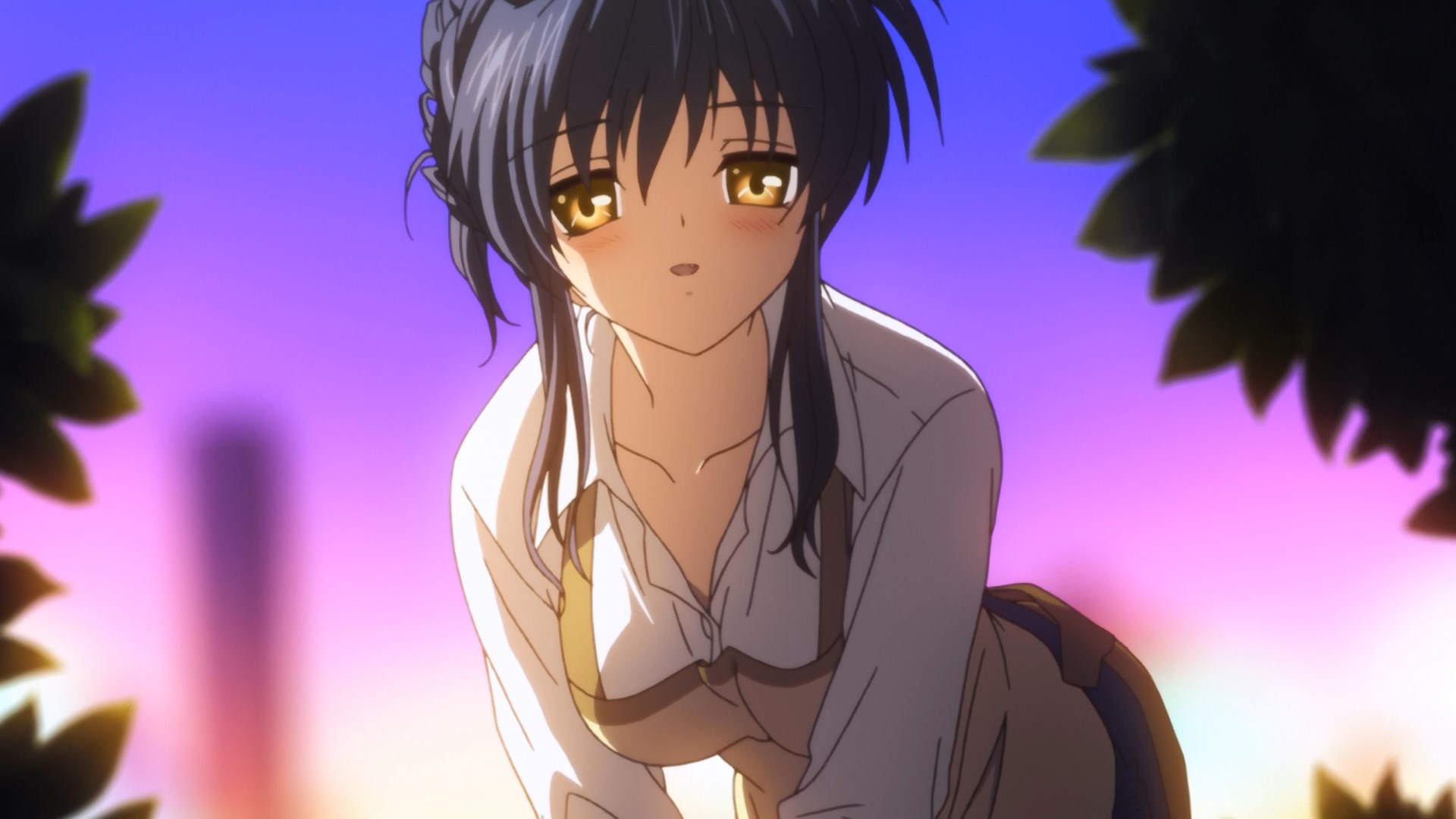
The “After Story” arc shifts focus to Tomoya’s life after high school, exploring his relationship with Nagisa, their marriage, and the challenges they face as a family. This arc goes deeply into themes of love, loss, and the enduring bonds of family.
Tomoya Okazaki: The protagonist of the series, Tomoya is initially a cynical and apathetic student. However, his interactions with Nagisa and other classmates help him grow and change. Tomoya’s journey is one of self-discovery, as he learns to overcome his past traumas and build a future.
Nagisa Furukawa: Nagisa is a kind-hearted and shy girl with a fragile constitution. Her dream of reviving the drama club becomes a central plot point in the school life arc. Nagisa’s unwavering optimism and determination greatly influence Tomoya and help him find purpose.
Youhei Sunohara: Tomoya’s best friend and fellow delinquent, Sunohara provides comic relief but also has his own moments of depth. His storylines often explore themes of loyalty and self-worth.
Kyou and Ryou Fujibayashi: Kyou is a headstrong and protective older sister, while Ryou is a timid and gentle girl. Both sisters have feelings for Tomoya, leading to complex emotional dynamics.
Kotomi Ichinose: A brilliant but socially awkward girl, Kotomi’s storyline involves uncovering the traumatic events of her past and how they shape her present.
Fuko Ibuki: Fuko’s arc involves her efforts to create wooden starfish to celebrate her sister’s upcoming wedding, despite being in a comatose state. Her story introduces supernatural elements to the narrative.
Tomoyo Sakagami: A strong-willed and physically capable girl, Tomoyo is dedicated to improving the school. Her relationship with Tomoya explores themes of ambition and redemption.
Sanae and Akio Furukawa: Nagisa’s parents, who run a bakery, provide much of the series’ emotional core. Their unwavering support for Nagisa and Tomoya demonstrates the importance of family.
“Clannad” goes into numerous themes, primarily focusing on family, friendship, and personal growth. The series explores the concept of family in various forms, from blood relations to the families we choose. Tomoya’s strained relationship with his father and his bond with the Furukawa family are central to his development.
The importance of forming meaningful connections with others is a recurring theme. Each character’s storyline highlights how friendships can provide support and lead to personal growth.
Particularly in the “After Story” arc, the series examines the joys and pains of love, marriage, and parenthood. The emotional highs and lows are depicted with sensitivity and realism. Characters like Tomoya and Sunohara, who start with a sense of hopelessness, find redemption through their relationships and personal achievements.

Kyoto Animation’s adaptation of “Clannad” is renowned for its beautiful and detailed animation. The character designs are expressive and capture the nuances of their personalities and emotions. The backgrounds are richly detailed, providing a vivid setting for the story.
The use of lighting and color is particularly effective in setting the mood for different scenes, whether it’s the warm, inviting atmosphere of the Furukawa bakery or the somber, reflective moments in Tomoya’s journey.
The soundtrack of “Clannad,” composed by Jun Maeda, Magome Togoshi, and Shinji Orito, is integral to the series’ emotional impact. The music ranges from light-hearted and whimsical to deeply poignant, perfectly complementing the story’s tone. The opening theme, “Megumeru,” and the ending themes, “Dango Daikazoku” and “Torch,” are memorable and evoke strong emotional responses from viewers.
Visual Novel: The original visual novel, released by Key in 2004, allows players to explore multiple story routes and endings based on their choices. It is praised for its deep storytelling and emotional resonance.
2007-2008 Anime Series The first anime adaptation by Kyoto Animation aired in two parts: “Clannad” (2007-2008) and “Clannad: After Story” (2008-2009). This adaptation is highly regarded for its faithful and comprehensive portrayal of the visual novel’s story.
2007 Film: A film adaptation produced by Toei Animation was released in 2007. While it condenses the story significantly, it provides an alternate take on the narrative.
“Clannad” has received widespread acclaim for its storytelling, character development, and emotional depth. The series has been praised for its ability to blend humor, romance, and drama, creating a narrative that resonates deeply with audiences. “Clannad: After Story” in particular is often cited as one of the most emotionally impactful anime series, with its exploration of themes such as family and loss striking a chord with many viewers.
The series has also had a significant cultural impact, influencing other works in the genre and contributing to the popularity of visual novel adaptations. Its themes of hope, redemption, and the enduring power of love and family continue to inspire and move audiences worldwide.
“Clannad” is a masterpiece of storytelling that offers a profound exploration of love, family, and personal growth. Its richly developed characters, emotional depth, and beautiful animation make it a standout in anime and visual novels.
Whether experienced through the visual novel or the acclaimed anime adaptation by Kyoto Animation, “Clannad” is a series that leaves a lasting impression, touching the hearts of its audience with its poignant and relatable narrative.
3. Your Lie in April
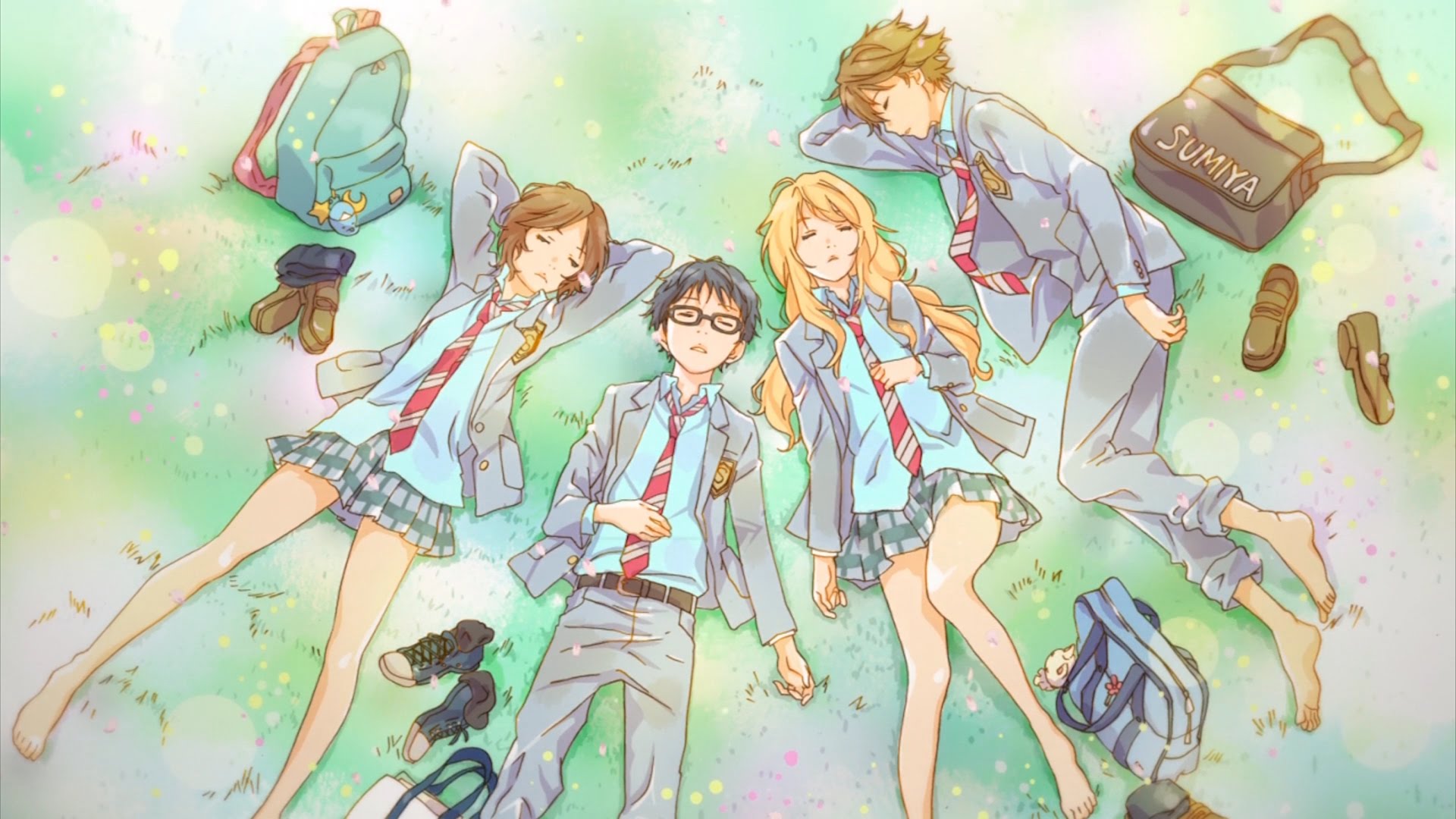
Your Lie in April stands as one of the most renowned romance anime, centering on the journey of two musical prodigies, Kousei Arima and Kaori Miyazono. Struggling with depression following his mother’s passing,
Kousei has lost his passion for the piano, leading him to distance himself from the world of performance arts. However, upon hearing Kaori play the violin with unmatched freedom and passion, Kousei finds himself drawn to her and rekindles his love for music.
The anime looks into themes of grief, life, love, and the transformative power of music. Kousei’s path toward healing is fraught with challenges and heartbreak, yet it also offers moments of beauty, tenderness, and joy. Through its poignant storytelling, Your Lie in April captures the complexities of human emotion and the profound impact of connection and artistry.
“Your Lie in April” (Japanese: “Shigatsu wa Kimi no Uso”) is a Japanese manga series written and illustrated by Naoshi Arakawa. Serialized in Kodansha’s Monthly Shōnen Magazine from 2011 to 2015, the series was later adapted into an anime television series by A-1 Pictures, which aired from October 2014 to March 2015.
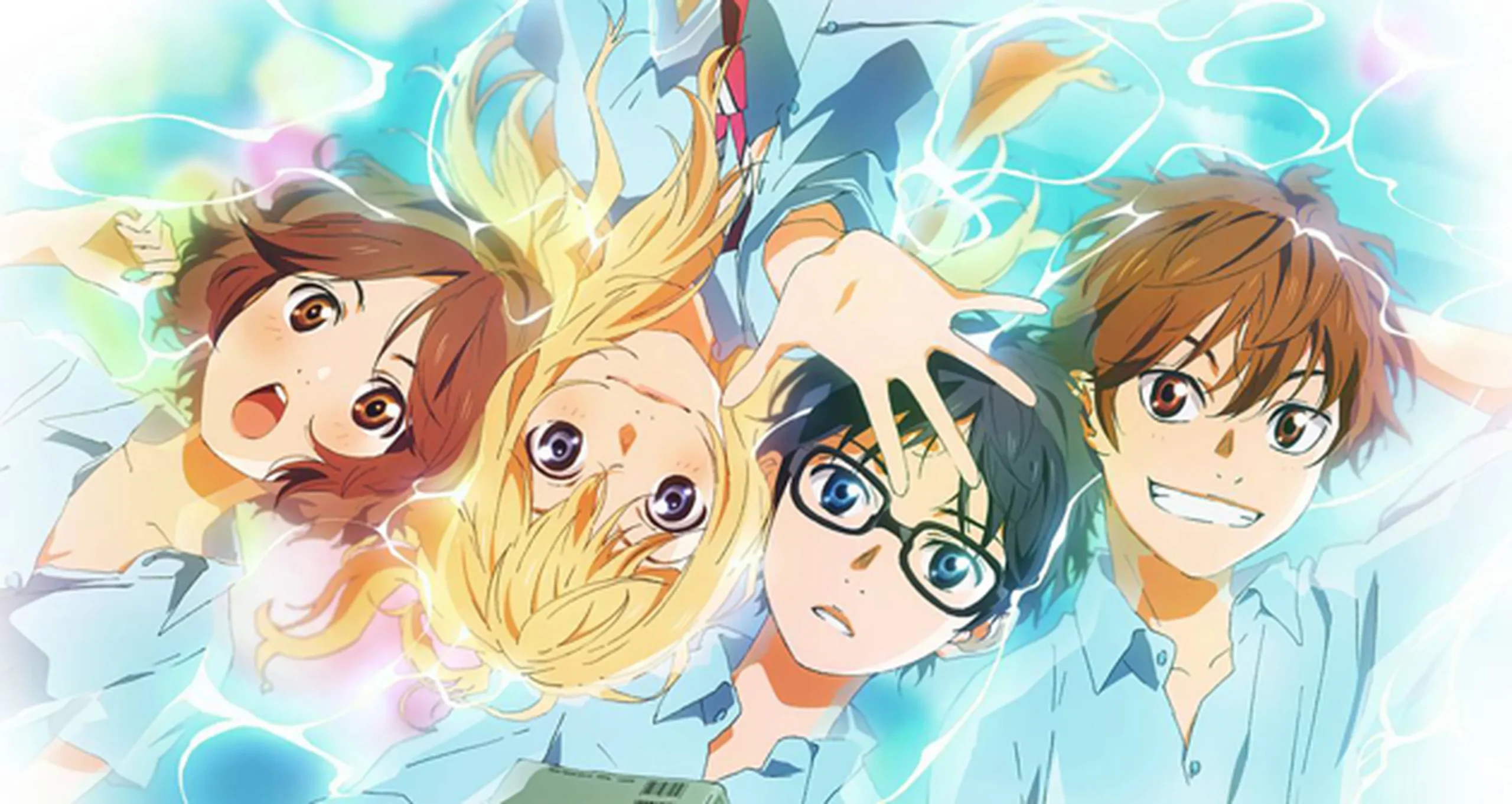
Your Lie in April is renowned for its emotional storytelling, intricate character development, and beautiful music. Here’s a comprehensive review and detailed information about “Your Lie in April”:
“Your Lie in April” follows the story of Kousei Arima, a former child prodigy pianist who lost his ability to hear the sound of the piano after the death of his mother, who was also his strict piano instructor. As a result, Kousei has been unable to hear his own playing and has given up on performing altogether, living a monotonous life devoid of color or passion.
Everything changes when he meets Kaori Miyazono, a free-spirited and talented violinist whose unconventional approach to music breathes new life into Kousei’s world. Inspired by Kaori’s passion and determination, Kousei begins to rediscover his love for music and goes on a journey of self-discovery and healing.
Set in a modern-day Japanese city, the series captures the vibrancy of youth and the transformative power of music. The competitive world of classical music competitions serves as a backdrop for the characters’ emotional journeys, highlighting the pressures and expectations they face as young musicians.
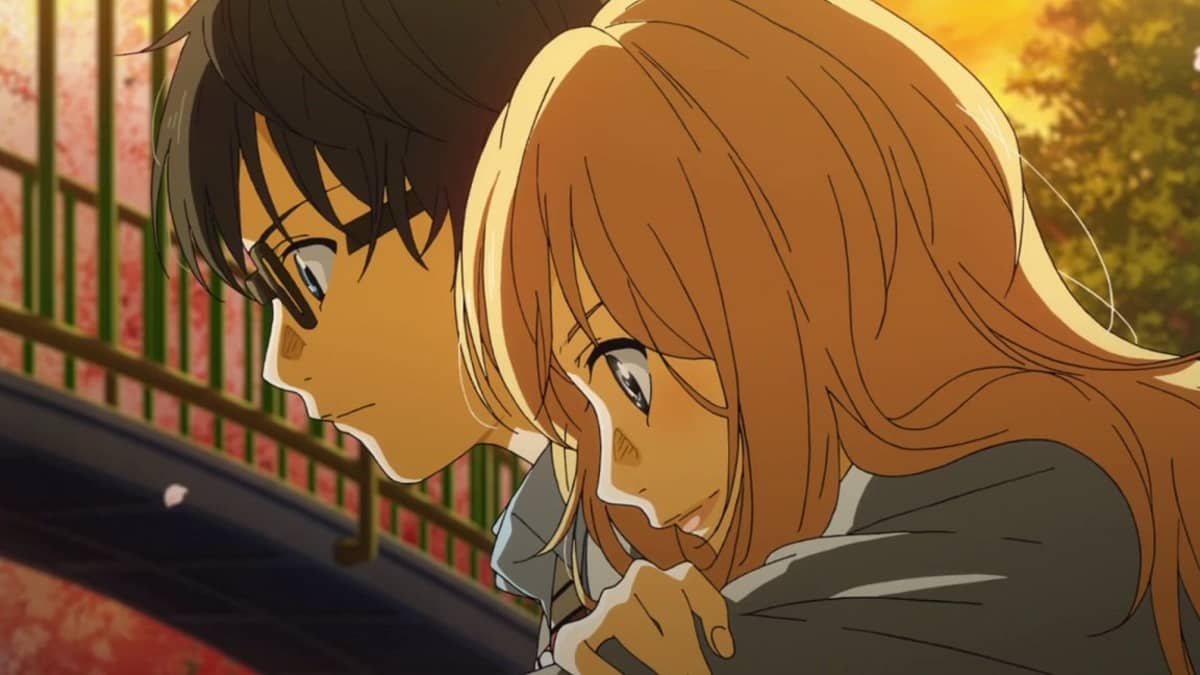
Kousei Arima: The protagonist of the series, Kousei is a talented pianist who lost his ability to hear his own playing after the death of his mother. He is initially portrayed as introverted and emotionally withdrawn, but his encounters with Kaori and other characters help him break out of his shell and confront his past traumas.
Kaori Miyazono: Kaori is a vivacious and spirited violinist who grabs everyone around her with her passion for music. Her outgoing personality and unorthodox approach to life serve as a catalyst for Kousei’s emotional growth and transformation.
Tsubaki Sawabe: Tsubaki is Kousei’s childhood friend and neighbor, who harbors feelings for him but struggles to express them. She serves as a supportive presence in Kousei’s life, offering both encouragement and emotional support as he navigates his journey.
Ryouta Watari: Ryouta is Kousei’s best friend and a talented soccer player. He provides comic relief and serves as a contrast to Kousei’s introspective nature, offering a different perspective on life and relationships.
Emi Igawa and Takeshi Aiza: Emi and Takeshi are fellow musicians who admire Kousei’s talent and are inspired by his performances. Their rivalry with Kousei fuels their own growth and development as musicians.
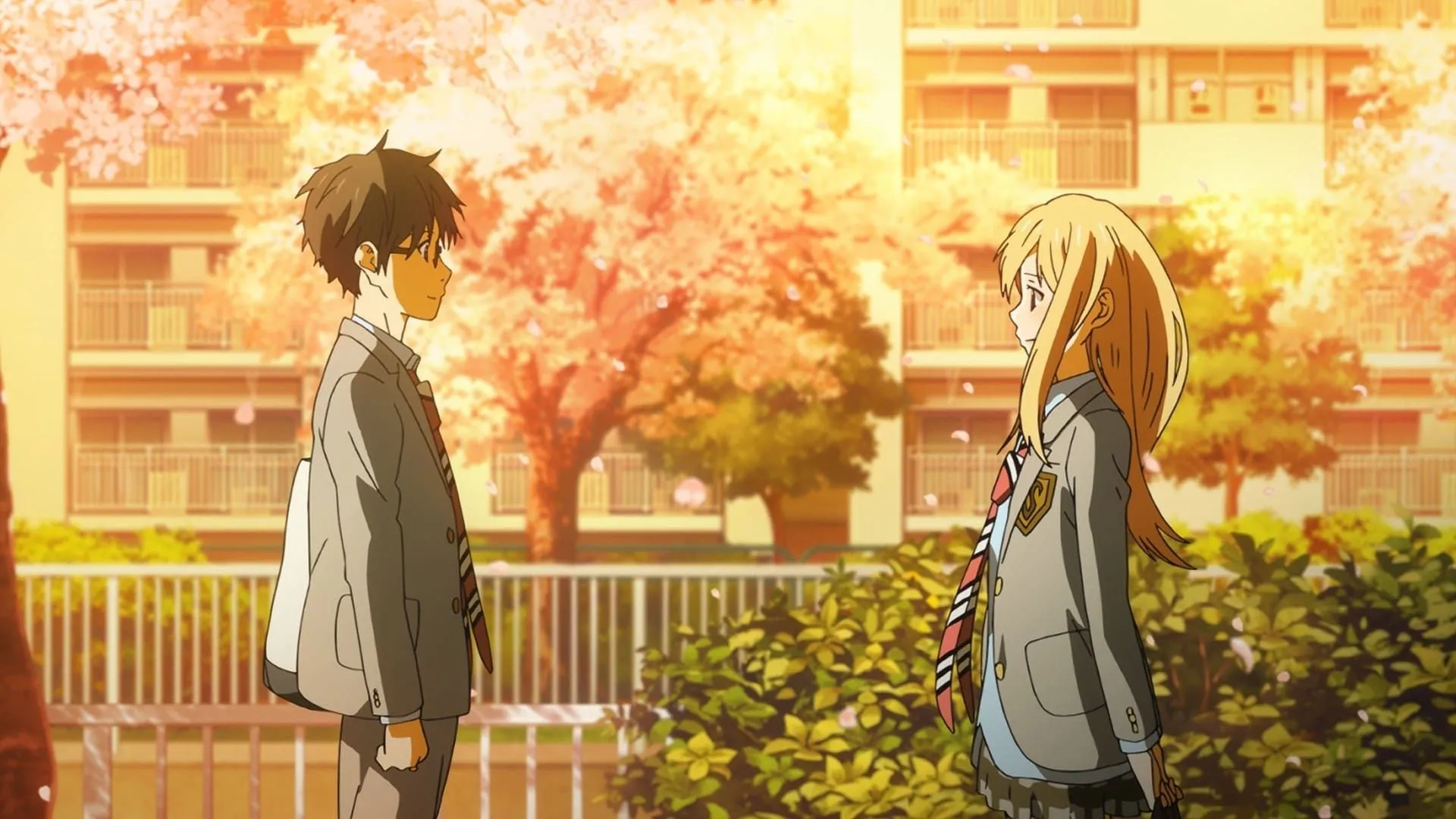
“Your Lie in April” explores numerous themes, including love, loss, friendship, and the transformative power of art. The series goes into the complexities of love and the pain of loss, particularly through Kousei’s experiences with his mother’s death and his evolving feelings for Kaori. The theme of loss is pervasive throughout the narrative, affecting each character in different ways and shaping their relationships and outlook on life.
The importance of friendship and emotional support is a recurring theme, as Kousei and the other characters lean on each other for encouragement and strength during difficult times. The bonds they form serve as a source of inspiration and healing, helping them navigate the challenges of adolescence and young adulthood.
Your Lie in April celebrates the transformative power of music and artistic expression. Through their performances and creative endeavors, the characters find solace, catharsis, and a sense of purpose, transcending their personal struggles and connecting with others on a deeper level.
The artwork in “Your Lie in April” is visually stunning, with detailed character designs, expressive facial expressions, and fluid animation that bring the story to life. The use of color and lighting effectively conveys the mood and emotions of each scene, whether it’s the bright and vibrant colors of a musical performance or the more subdued tones of introspective moments.

The performances of classical music pieces are particularly well-animated, with intricate hand movements and musical notes synchronized to the characters’ playing. The animation captures the intensity and passion of the characters’ performances, adding to the emotional impact of the series.
Music is at the heart of “Your Lie in April,” with classical music pieces playing a central role in the narrative. The series features performances of famous works by composers such as Frédéric Chopin, Ludwig van Beethoven, and Pyotr Ilyich Tchaikovsky, as well as original compositions by the characters.
The soundtrack, composed by Masaru Yokoyama, complements the emotional depth of the series, with haunting melodies and stirring orchestral arrangements that enhance the storytelling. The opening and ending themes, “Hikaru Nara” by Goose House and “Orange” by 7!!, respectively, capture the themes of hope and optimism that permeate the series.
“Your Lie in April” has received widespread acclaim from both critics and audiences for its emotional storytelling, compelling characters, and beautiful animation. The series has been praised for its ability to evoke strong emotions and resonate with viewers on a deep and personal level.
The anime adaptation in particular has been lauded for its faithful adaptation of the manga, with many fans praising its ability to capture the essence of the original story while adding its own unique visual and musical elements. “Your Lie in April” has become a beloved classic in the anime community, with its themes of love, loss, and the power of
2. The Angel Next Door Spoils Me Rotten

The Angel Next Door Spoils Me Rotten leaves a lasting impression from the get-go, thanks to several standout features. Firstly, Project No.9’s animation shines with its clean and detailed visuals, particularly in the character designs. Secondly, and perhaps most importantly, the chemistry between the main characters is palpable from their very first encounter; the moment Amane extends his umbrella to a soaked Mahiru sparks fly.
Despite the majority of the series featuring the leads together on screen, The Angel Next Door Spoils Me Rotten skillfully looks into the individual journeys of Amane and Mahiru, while simultaneously nurturing the bond of their friendship. This dual focus adds depth and richness to the narrative, allowing viewers to connect with the characters on a more personal level while witnessing the growth of their relationship.
“The Angel Next Door Spoils Me Rotten” (Japanese: “Otonari no Tenshi-sama ni Itsunomanika Dame Ningen ni Sareteita Ken”) is a Japanese light novel series written by Saekisan and illustrated by Hanekoto. Originally serialized online on the user-generated novel publishing website Shōsetsuka ni Narō in December 2018;
it was later acquired by SB Creative, who published the first light novel volume under their GA Bunko imprint in June 2019. The series has also been adapted into a manga illustrated by Wan Shibata, which began serialization in Square Enix’s Manga UP! app in January 2022, and an anime adaptation by Project No.9 premiered in January 2023.
The story revolves around Amane Fujimiya, a high school student who lives alone in an apartment. His life takes a turn when he encounters Mahiru Shiina, the beautiful and popular girl who lives next door.
Mahiru, often referred to as “The Angel” by her peers due to her angelic appearance and demeanor, seems to lead a perfect life. However, after Amane finds her sitting alone in the rain one day and lends her his umbrella, a bond begins to form between them.
Despite her outward perfection, Mahiru is revealed to be lonely and somewhat isolated due to her status. She begins to visit Amane’s apartment regularly, helping him with household chores and cooking for him, leading to a gradual deepening of their relationship. The series focuses on the development of their bond, exploring themes of loneliness, companionship, and the hidden vulnerabilities of seemingly perfect individuals.
Amane Fujimiya: Amane is the male protagonist who initially comes off as a typical loner. Living independently away from his family, he maintains a low profile at school. His encounter with Mahiru reveals his kind and considerate nature. Throughout the series, Amane grows more confident and sociable, thanks in part to Mahiru’s influence.
Mahiru Shiina: Mahiru is the titular “Angel” who excels academically and athletically, making her the object of admiration and envy at school. Beneath her perfect exterior, she is compassionate and seeks genuine connections, which she finds in her relationship with Amane. Her interactions with him reveal a more down-to-earth and vulnerable side.
Itsuki Akasawa: Amane’s best friend and classmate, Itsuki is cheerful and supportive. He plays a significant role in encouraging Amane to open up and become more sociable. Itsuki’s relationship with his girlfriend, Chitose, also provides a parallel to the developing relationship between Amane and Mahiru.
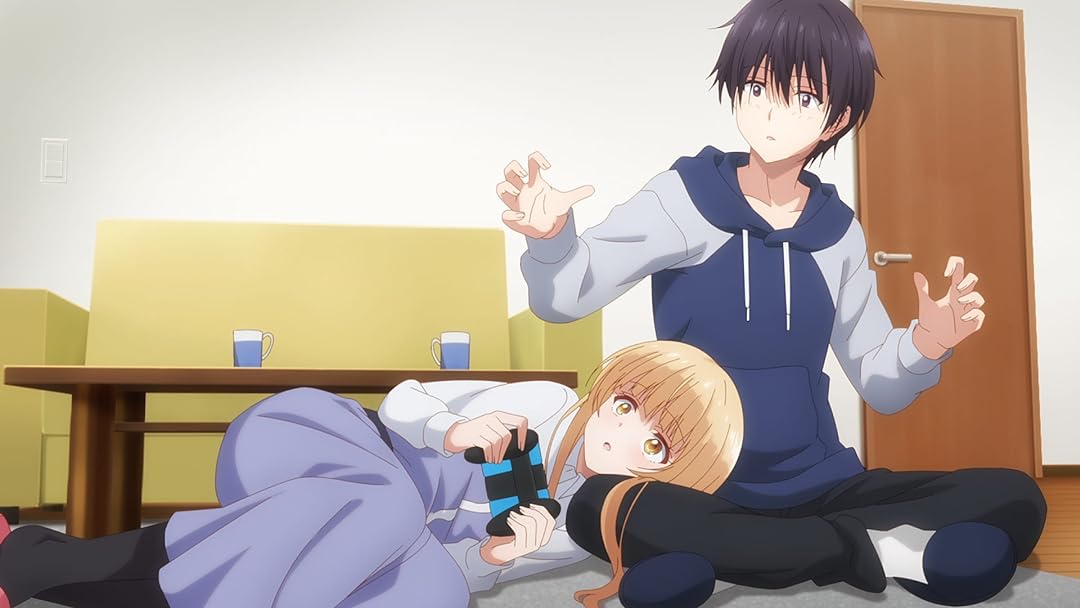
Chitose Shirakawa: Itsuki’s girlfriend, Chitose is lively and outgoing. She quickly becomes friends with Mahiru and supports her relationship with Amane. Chitose’s bubbly personality contrasts with Mahiru’s calm demeanor, providing a different dynamic to the group’s interactions.
One of the central themes of “The Angel Next Door Spoils Me Rotten” is the impact of loneliness and the healing power of companionship. Both Amane and Mahiru are depicted as isolated individuals who find solace and joy in each other’s company. Their relationship highlights the importance of emotional support and genuine connection.
The series goes into the discrepancy between public perception and private reality. Mahiru, seen as perfect by her peers, reveals her vulnerabilities and desires for normalcy in her interactions with Amane. This theme emphasizes that everyone has hidden depths and struggles, regardless of their outward appearance.
Both protagonists experience significant personal growth throughout the series. Amane becomes more open and confident, while Mahiru learns to trust and rely on someone else. Their mutual support system is portrayed as a catalyst for their individual development.
Much of the series focuses on the everyday interactions and domestic life shared by Amane and Mahiru. These moments, though seemingly mundane, are depicted with warmth and intimacy, highlighting how small acts of kindness and everyday routines can build strong emotional bonds.
The light novel illustrations by Hanekoto and the manga adaptation by Wan Shibata are noted for their clean and appealing art style. The character designs are expressive and capture the subtle emotions of the characters effectively. The art plays a significant role in conveying the warmth and tenderness of the story.
The anime adaptation by Project No.9 brings the characters and story to life with vibrant animation and a soothing color palette. The animation quality is consistent, with particular attention to detail in character expressions and movements. The anime’s visual style complements the gentle, heartwarming tone of the narrative.
“The Angel Next Door Spoils Me Rotten” has been well-received for its heartwarming story and relatable characters. Readers and viewers appreciate the realistic depiction of relationships and the emotional depth of the protagonists. The light novel and manga have garnered a dedicated fanbase, and the anime adaptation has further increased the series’ popularity.
Critics and fans often praise the series for its ability to balance lighthearted moments with deeper emotional themes. The development of Amane and Mahiru’s relationship is viewed as organic and touching, resonating with audiences who enjoy character-driven narratives.
“The Angel Next Door Spoils Me Rotten” is a touching and beautifully crafted series that explores themes of loneliness, companionship, and personal growth. Through the evolving relationship between Amane and Mahiru, the series goes into the hidden vulnerabilities of its characters and the transformative power of genuine human connection. With its relatable characters, heartfelt storytelling, and appealing art style,
“The Angel Next Door Spoils Me Rotten” stands out as a poignant and engaging read and watch for fans of romance and slice-of-life genres. Whether experienced through the light novel, manga, or anime adaptation, the series offers a warm and intimate look at the healing power of love and friendship.
1. Given
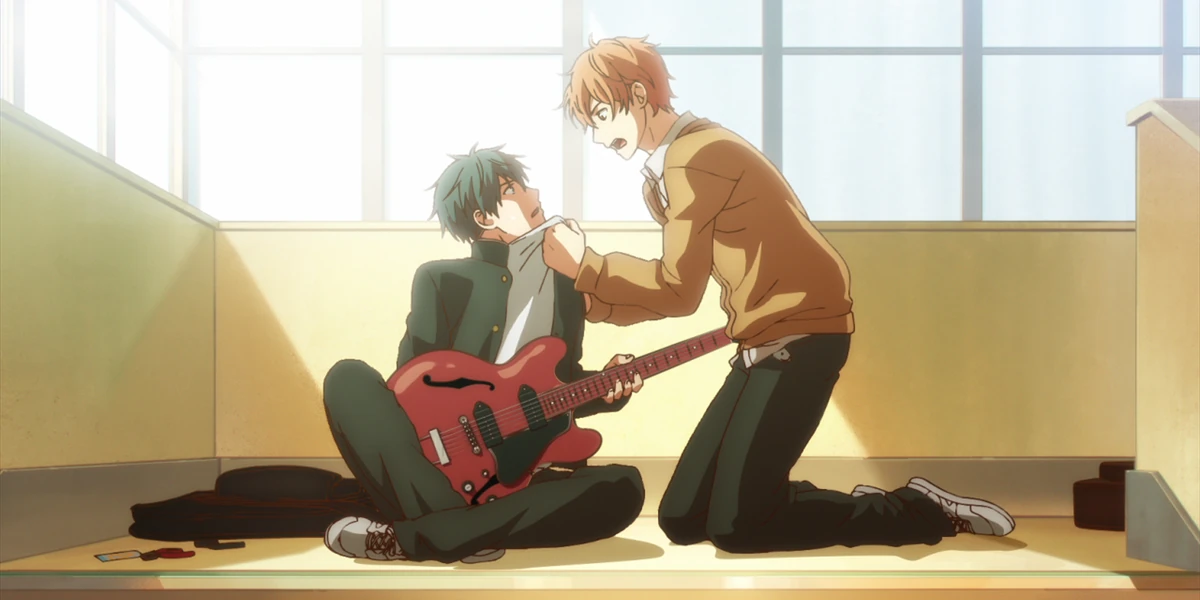
Given is the perfect romance for gay anime viewers seeking representation on screen, yet it’s so well-written that it fascinates audiences of all backgrounds. The budding romance between Mafuyu and Ritsuka, as Mafuyu learns guitar and joins Ritsuka’s band, is incredibly heartwarming.
Watching Mafuyu’s confidence grow alongside the evolving romantic tension creates a fascinating series that’s hard to resist. The movie serves as a brilliant extension of the series, looking deeper into the characters and their relationships. Given offers a compelling narrative with meaningful representation, making it a must-watch for all audiences.
“Given” is a Japanese manga series written and illustrated by Natsuki Kizu. Serialized in the bimonthly manga magazine Cheri+ since 2013, it has been compiled into multiple tankōbon volumes. The series gained widespread popularity and was adapted into an anime television series by Lerche, which aired from July to September 2019.
In addition to the TV series, “Given” has also been adapted into a film and an original video animation (OVA). Known for its sensitive portrayal of LGBTQ+ themes and its deep dive into the world of music and emotional healing, “Given” has earned critical acclaim and a dedicated fanbase.
“Given” follows the lives of four young men who come together through their shared love of music. The story primarily focuses on two main characters: Ritsuka Uenoyama and Mafuyu Satou.
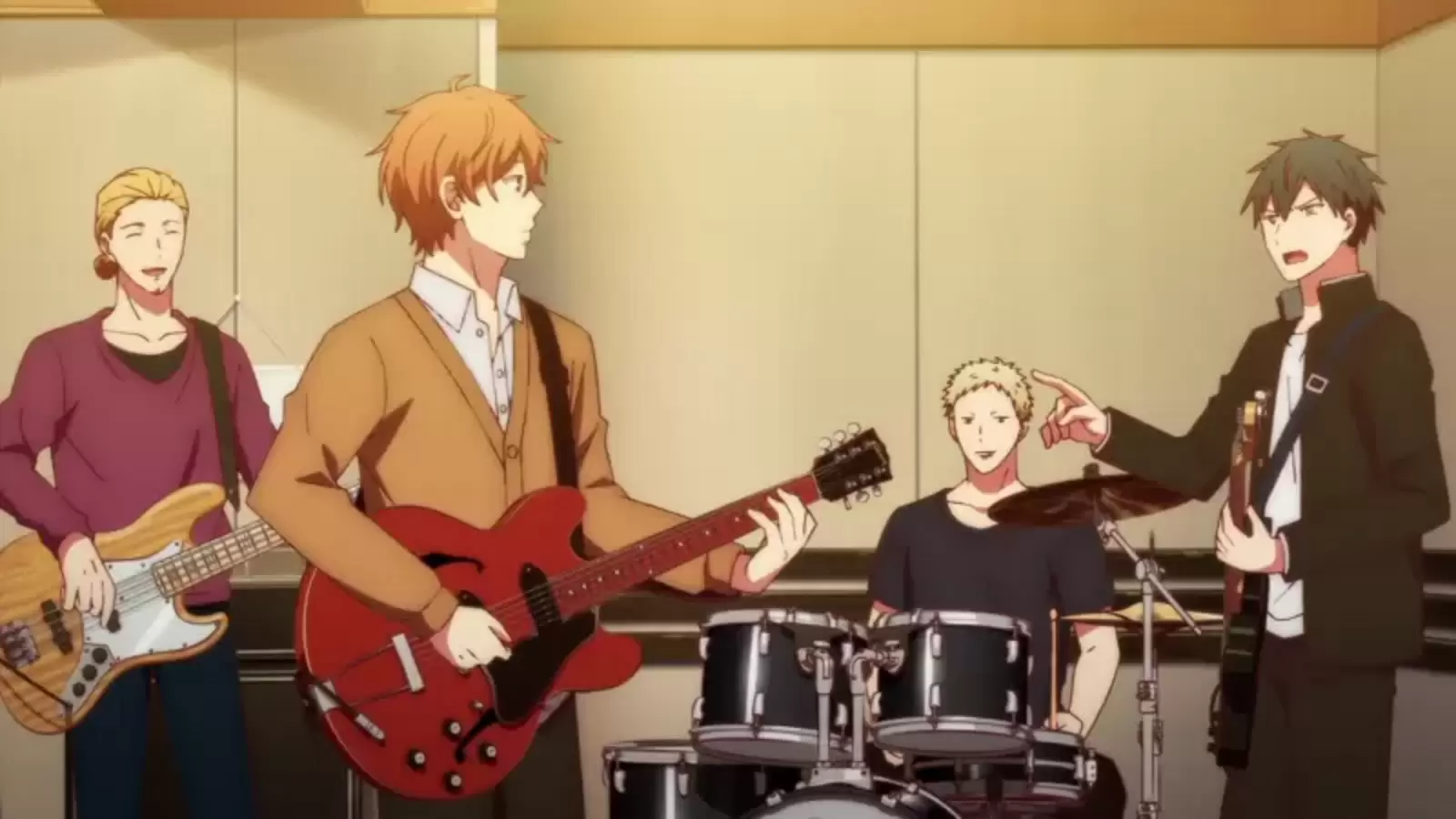
Ritsuka Uenoyama is a high school student and an experienced guitarist who has lost his passion for music. One day, he discovers Mafuyu Satou sleeping in his favorite spot at school, clutching a broken guitar. Mafuyu asks Ritsuka to teach him how to play the guitar, leading to a significant shift in both their lives.
Mafuyu Satou is a quiet and mysterious boy who carries emotional scars from his past. Despite his initial lack of musical experience, he possesses a natural talent for singing, which becomes apparent as he starts practicing with Ritsuka. As they spend more time together, Ritsuka is drawn to Mafuyu’s unique voice and begins to rekindle his own love for music.
Haruki Nakayama, the bassist and leader of Ritsuka’s band, and Akihiko Kaji, the drummer. Both are older than Ritsuka and Mafuyu and have their own intricate backstories and personal struggles. The series also explores their relationships and the dynamics within the band.
One of the core themes of “Given” is the transformative power of music. For the characters, music serves as a means to express their deepest emotions and connect with others. Mafuyu’s singing, in particular, becomes a powerful outlet for his grief and a way to process his past trauma.

The series goes into the characters’ personal journeys of healing and self-discovery. Each character grapples with their own emotional wounds and insecurities, and their interactions with each other help them confront and overcome these challenges. Mafuyu’s story of coming to terms with his past and finding a new purpose in life is especially poignant.
Given is notable for its sensitive and realistic portrayal of LGBTQ+ relationships. The series treats its characters’ romantic relationships with depth and respect, focusing on the emotional nuances rather than sensationalism. Ritsuka and Mafuyu’s relationship develops gradually and organically, highlighting the complexities and beauty of young love.
The series emphasizes the importance of friendship and support systems. The band members not only share a passion for music but also provide emotional support for one another. Their bond is depicted as a source of strength, helping each character navigate their personal struggles.
Ritsuka Uenoyama: Initially jaded and disconnected from music, Ritsuka’s encounter with Mafuyu reignites his passion. He is dedicated, and talented, and gradually opens up emotionally through his relationship with Mafuyu.

Mafuyu Satou: A character shrouded in mystery and pain, Mafuyu’s journey from a silent, grieving boy to a confident singer is central to the series. His past, marked by a tragic loss, shapes much of his development.
Haruki Nakayama: The oldest member of the band, Haruki is caring and responsible. His unrequited feelings for Akihiko and his role as the band’s anchor provide depth to his character.
Akihiko Kaji: A complex character with a complicated love life, Akihiko struggles with his feelings for both Haruki and his former lover, Ugetsu. His talent and internal conflicts add layers to the narrative.
The art style of “Given” is characterized by clean lines and expressive character designs. Natsuki Kizu’s illustrations effectively convey the emotional depth of the characters, with detailed facial expressions and body language that enhance the storytelling.
The anime adaptation by Lerche stays true to the manga’s aesthetic while adding fluid animation, especially in the musical performance scenes. The use of color and lighting in the anime is particularly effective in creating the right atmosphere for various scenes, whether it’s the intensity of a live performance or the quiet intimacy of personal moments.
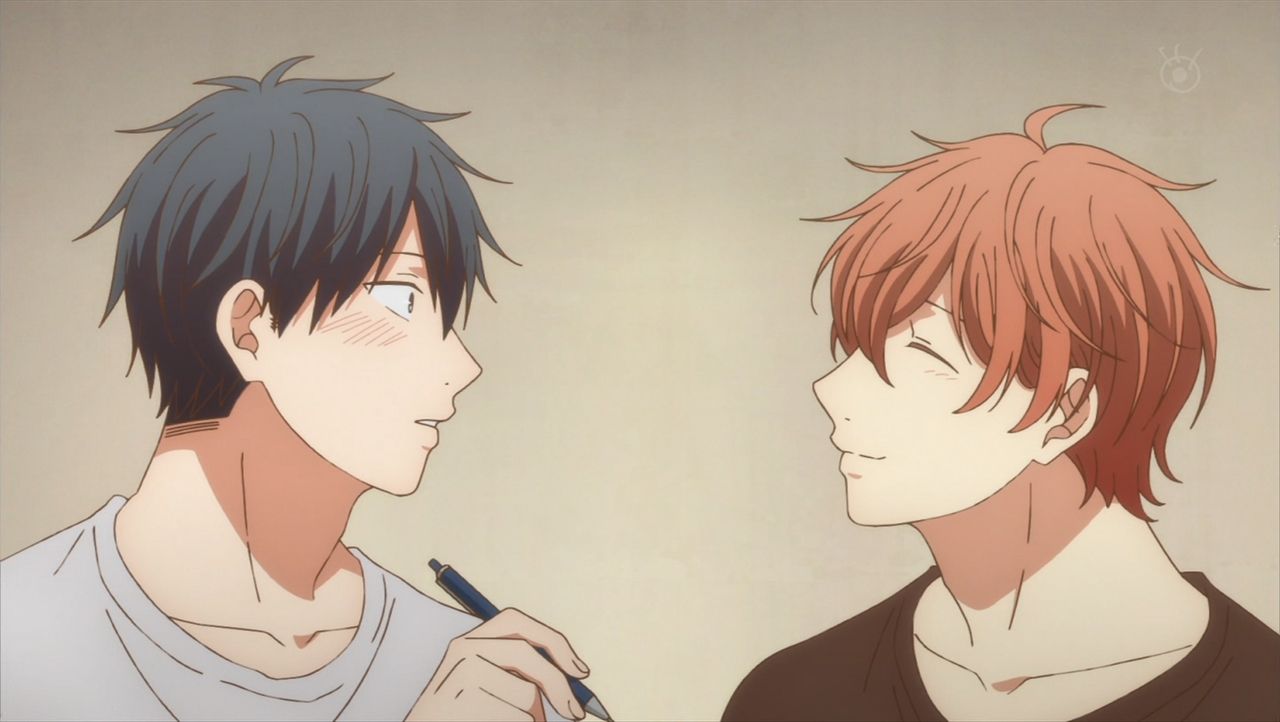
Music is a vital element of “Given,” both as a narrative device and in the production itself. The anime features original songs that are integral to the story, with Mafuyu’s song “Fuyu no Hanashi” (Winter’s Tale) being a standout piece. The music not only enhances the emotional impact of the series but also serves as a direct expression of the character’s feelings.
The soundtrack, composed by Michiru, blends rock elements with emotional ballads, perfectly capturing the tone of the series. The opening theme “Kizuato” by Centimillimental and the ending theme “Marutsuke” by the same artist, reflect the series’ themes of pain and healing.
“Given” has been widely praised for its storytelling, character development, and musical elements. Critics and audiences have lauded the series for its heartfelt and realistic portrayal of LGBTQ+ relationships, as well as its ability to tackle heavy emotional themes with sensitivity and nuance.

The anime adaptation has been particularly well-received, with many fans appreciating the way it brings the manga to life through its animation and music. The film adaptation, which continues the story beyond the events of the TV series, has also been met with positive reviews for its deeper exploration of the characters’ relationships.
“Given” has had a significant impact on the genre, contributing to the increasing visibility and acceptance of LGBTQ+ narratives in mainstream media. Its success has also sparked interest in similar stories and has helped to expand the representation of diverse relationships in anime and manga.
“Given” is a beautifully crafted series that explores the healing power of music and the complexities of human relationships. Through its compelling characters, emotional depth, and exquisite music, the series offers a poignant and resonant story about love, loss, and personal growth.
Whether experienced through the manga, anime, or film, “Given” leaves a lasting impression and stands out as a powerful and moving narrative in contemporary anime and manga.
Memes of the Day
Full Image is the Sauce
Okusama no Kaifukujutsu
Nocturnal
Its a one image art on pixiv to watch search – Pixiv 117883329
Rent A Girlfriend
Mama x Holic: Miwaku no Mama to Amaama Kankei
princess connect re:dive
Sauce: 423140
Oba-han to Ee Koto Seehen? | Wanna Do Something Nice With Your Auntie? [Juuichi Gatsu]
Jichikai no Hitozuma wa Totemo Ecchi deshita. Fukukaichou Ichinose Mami Hen
Sauces are below
Part 1: 471142
Part 2: 471143
Part 3: 471144
Kinjo no Hitozuma-san “Musuko no Otomodachi [Sakura no Tomoru Hi e]

